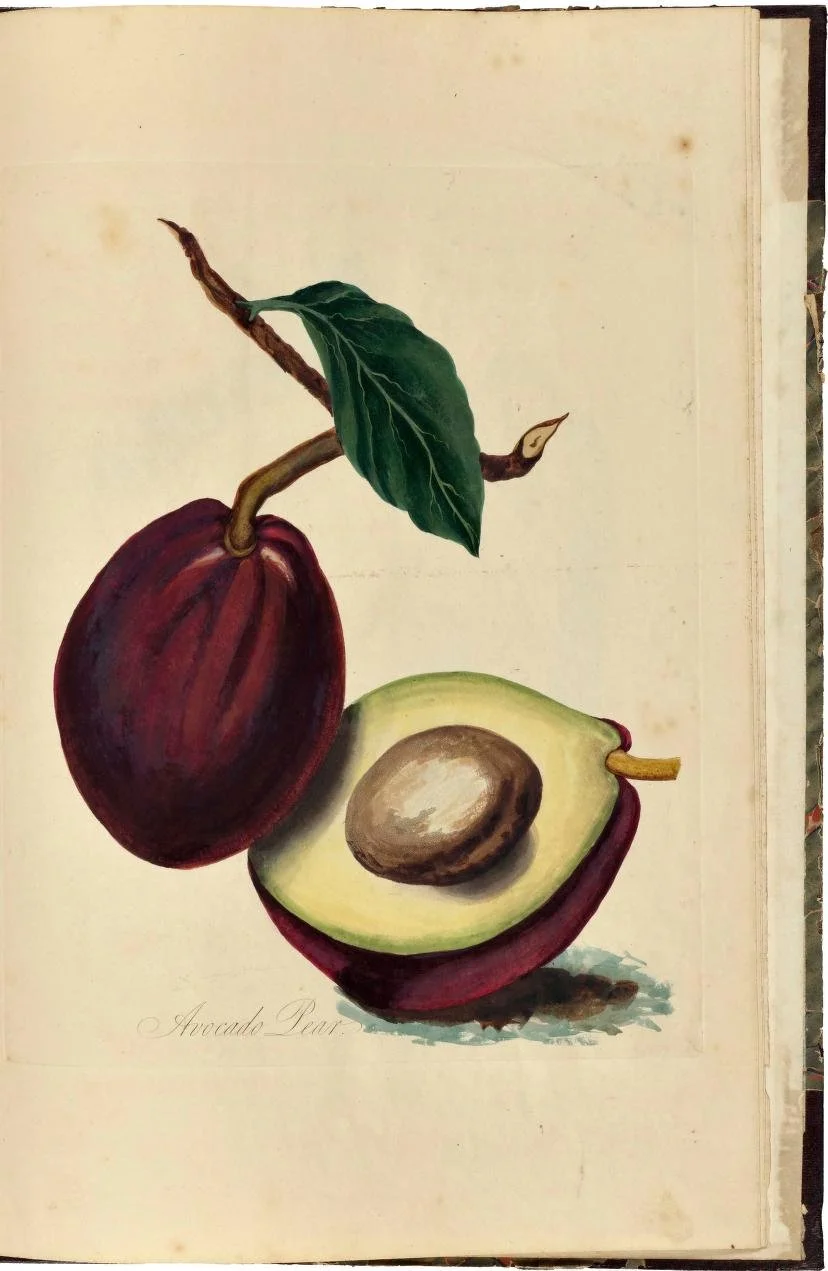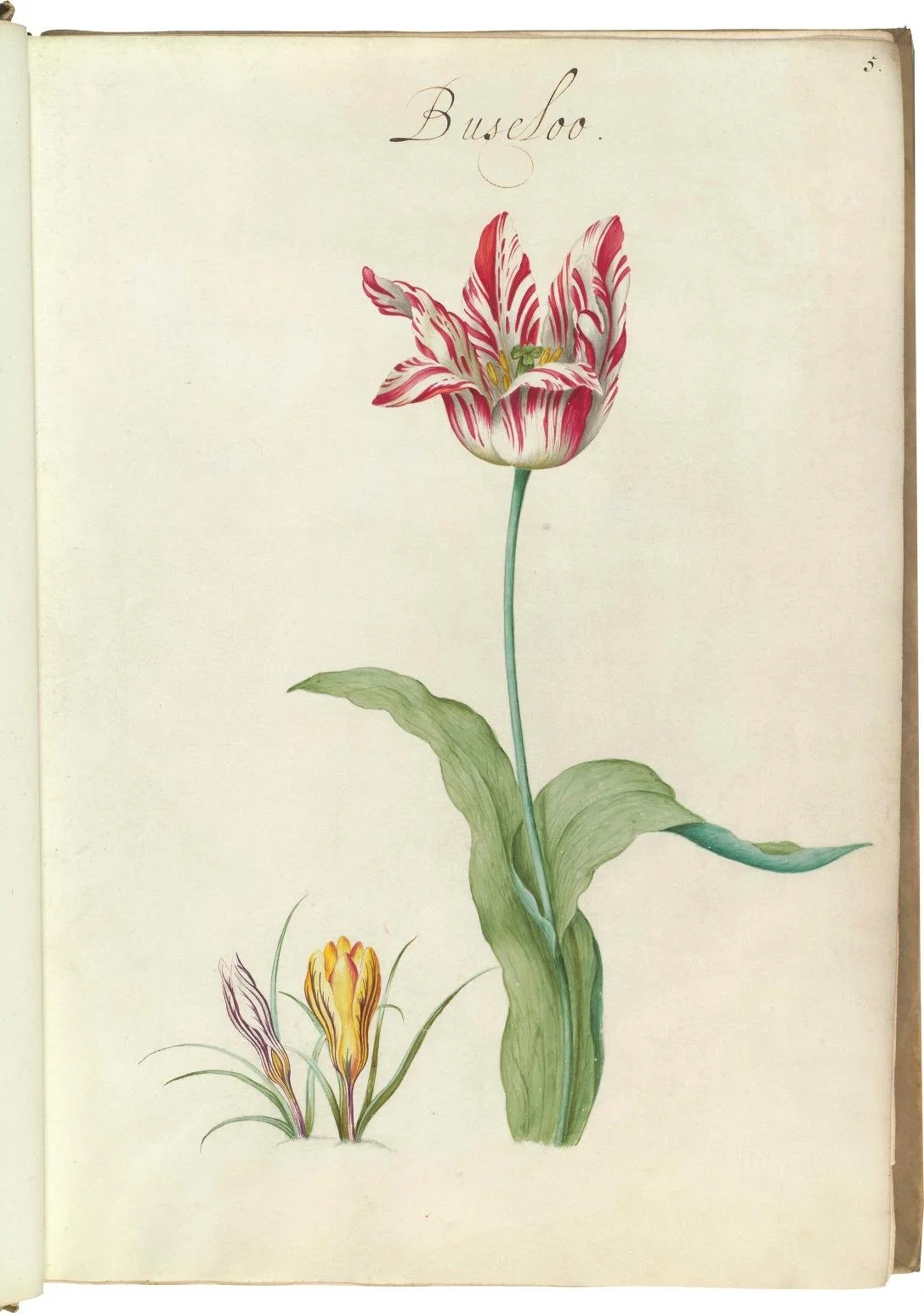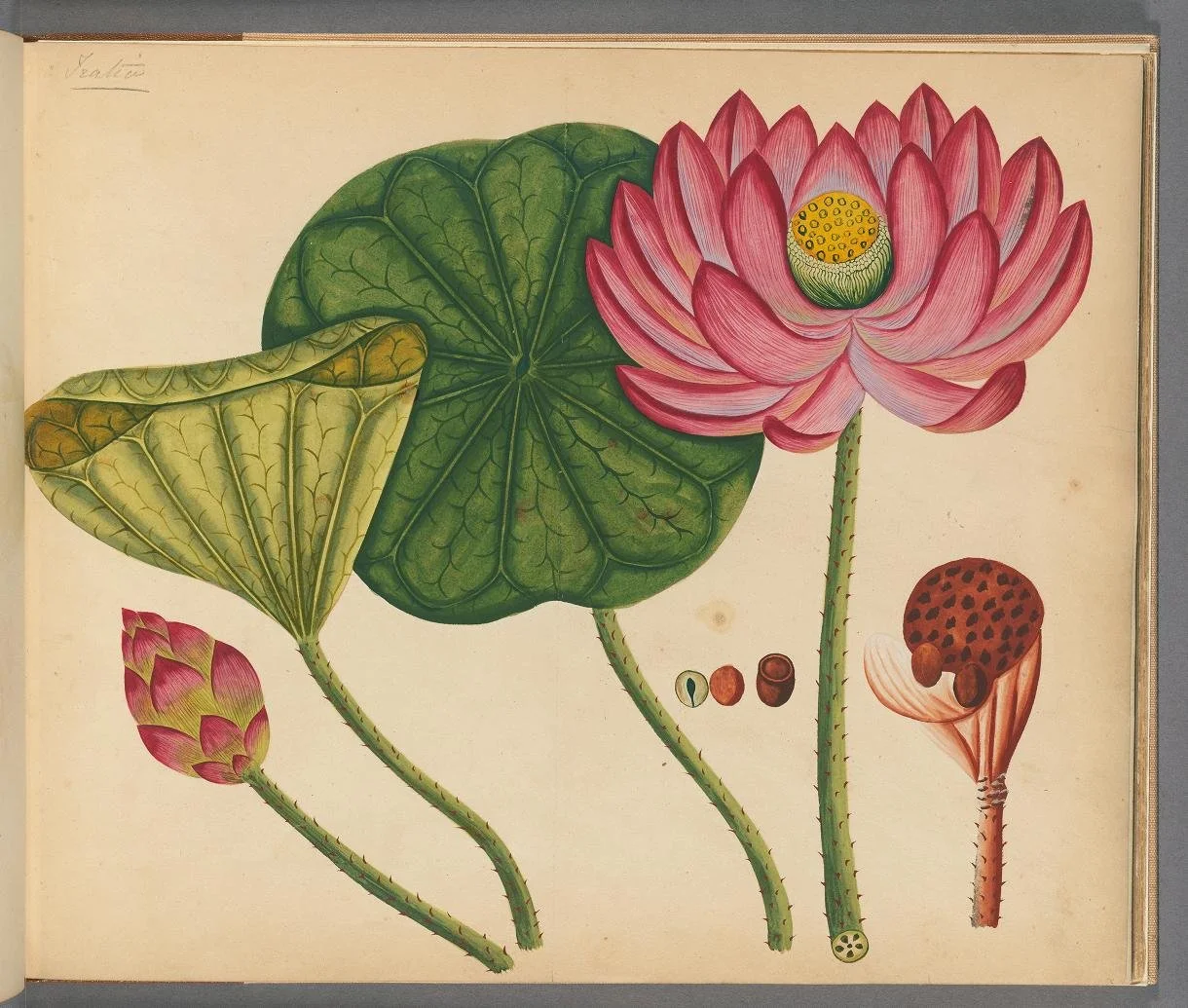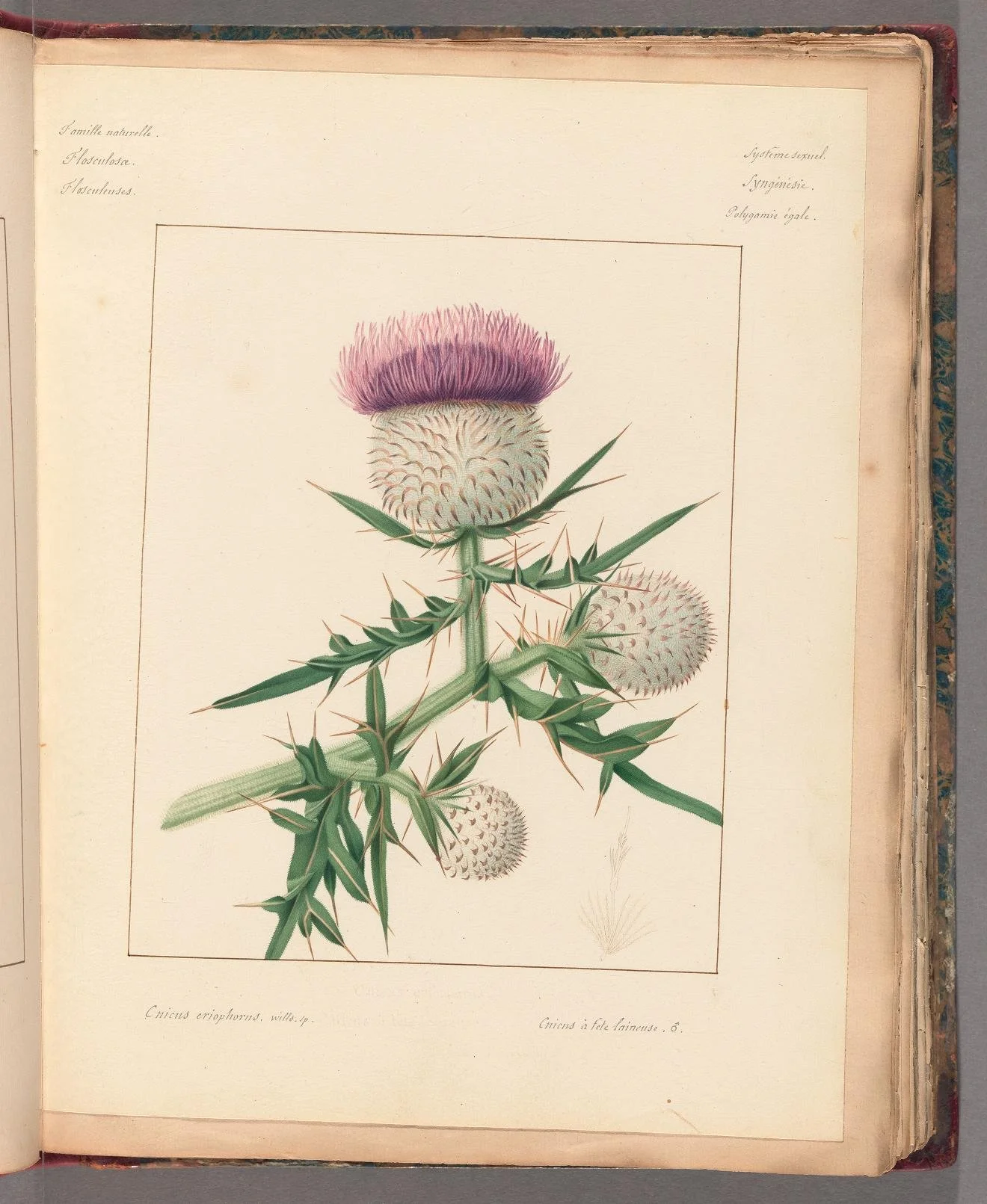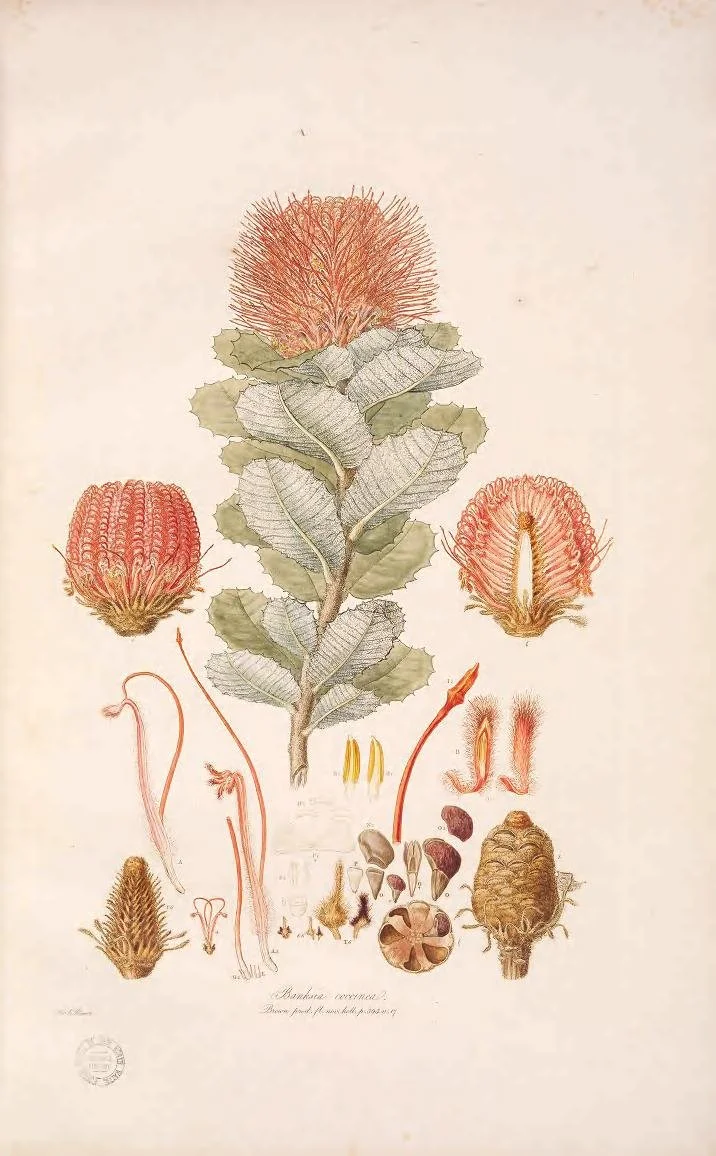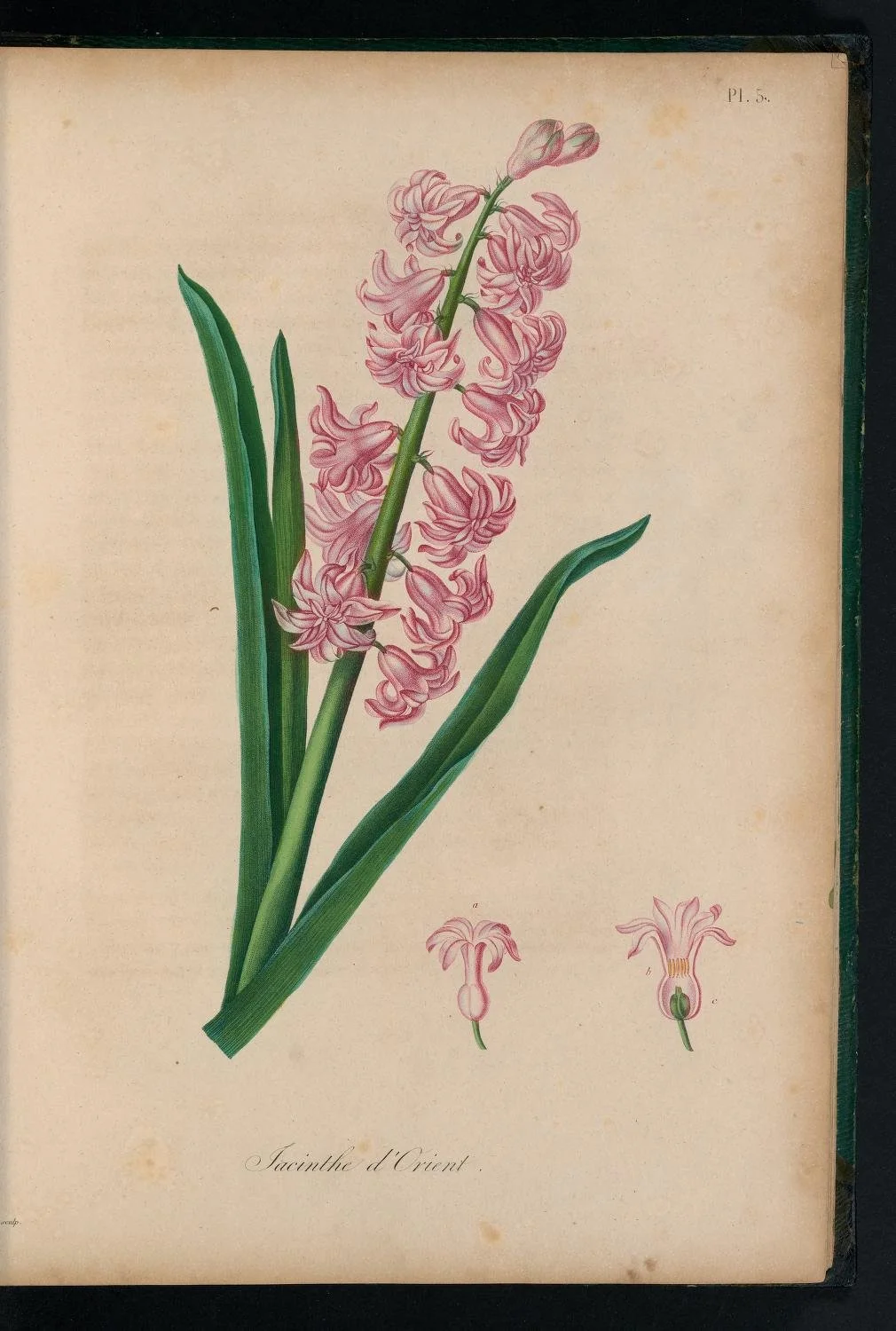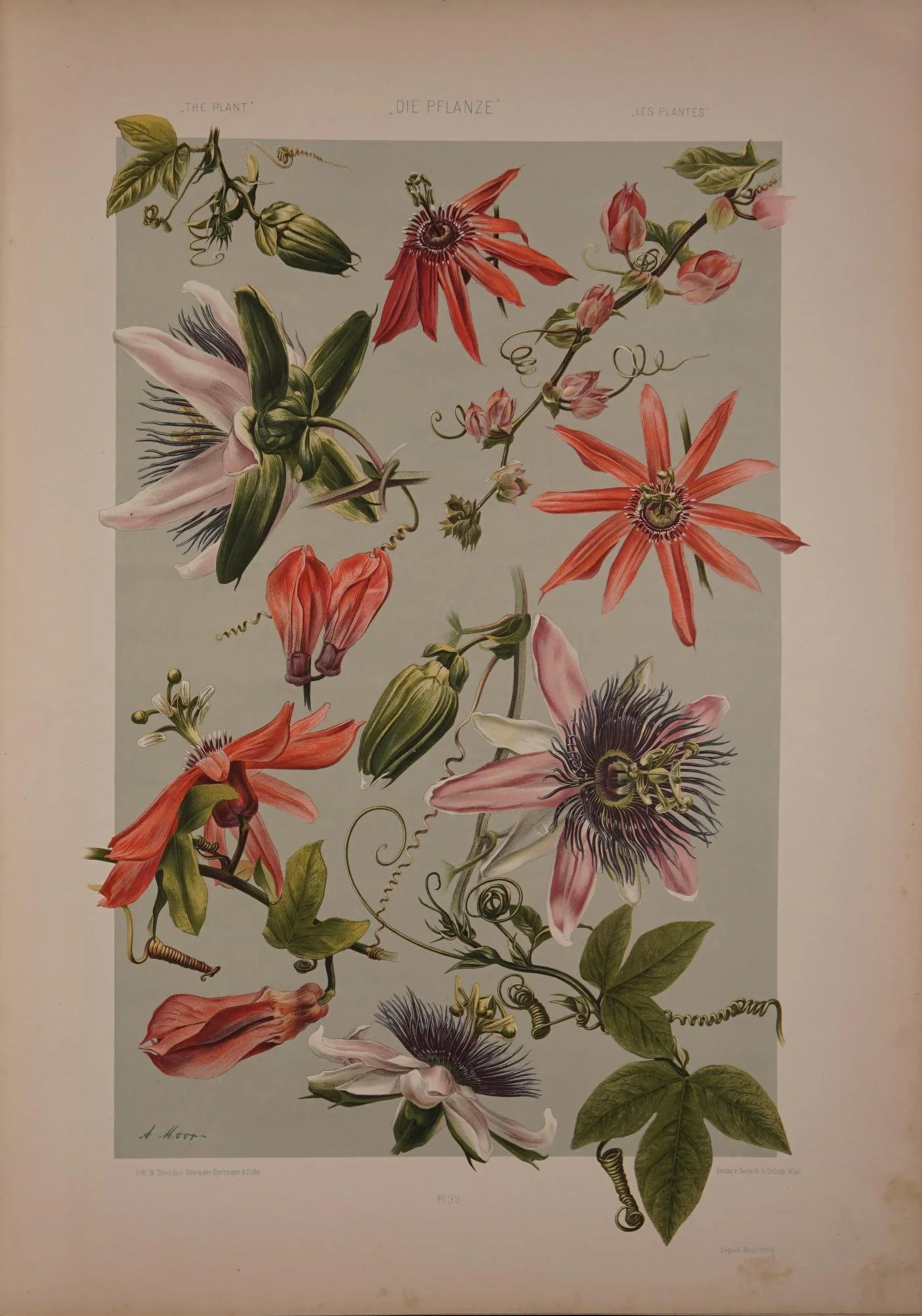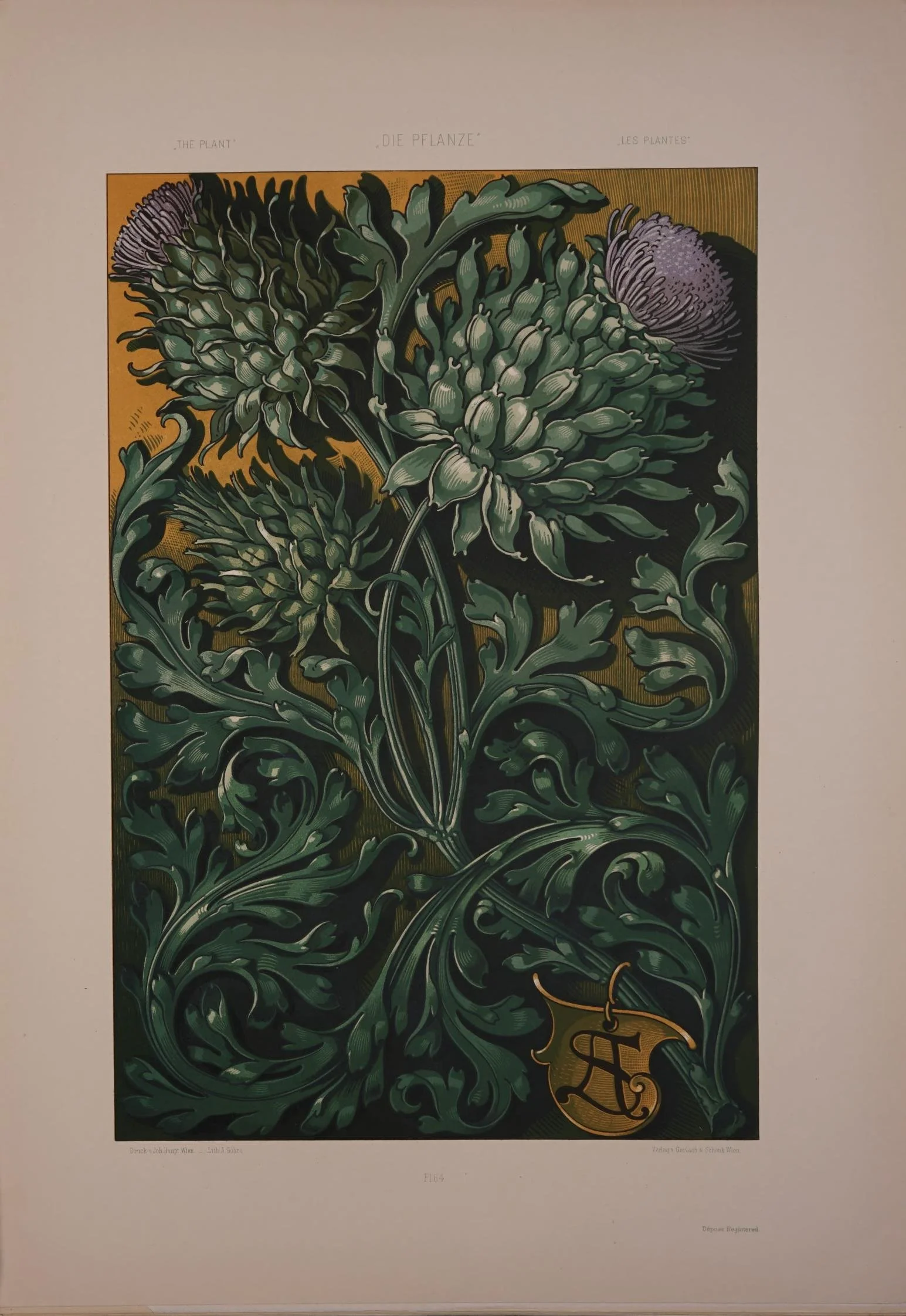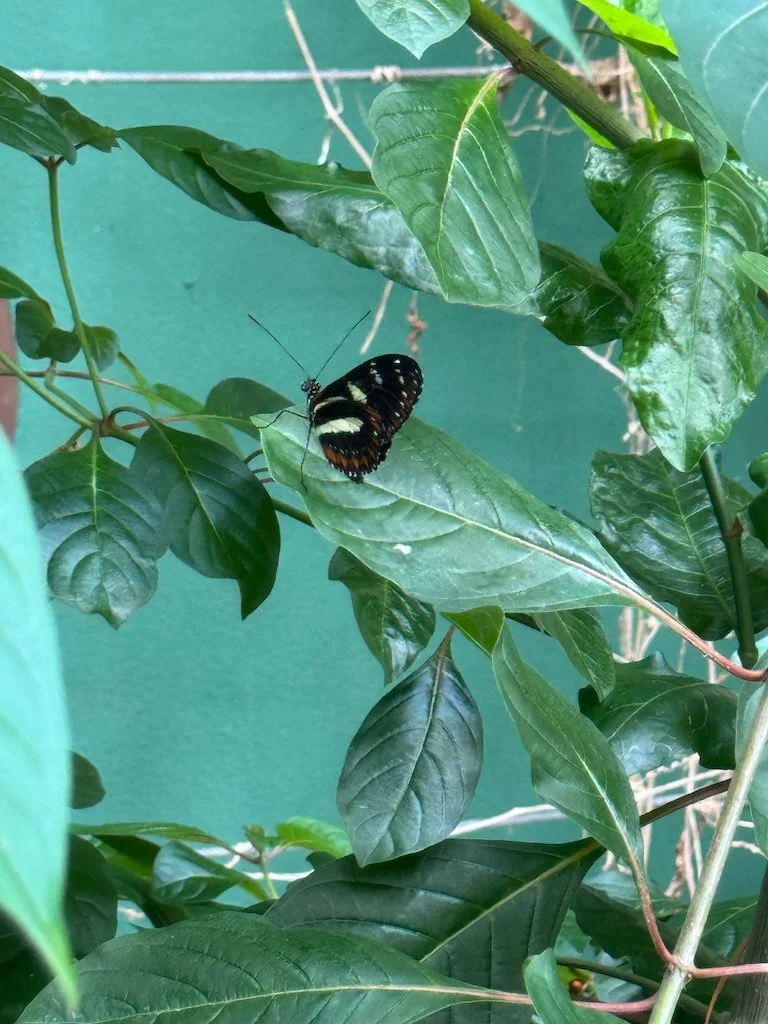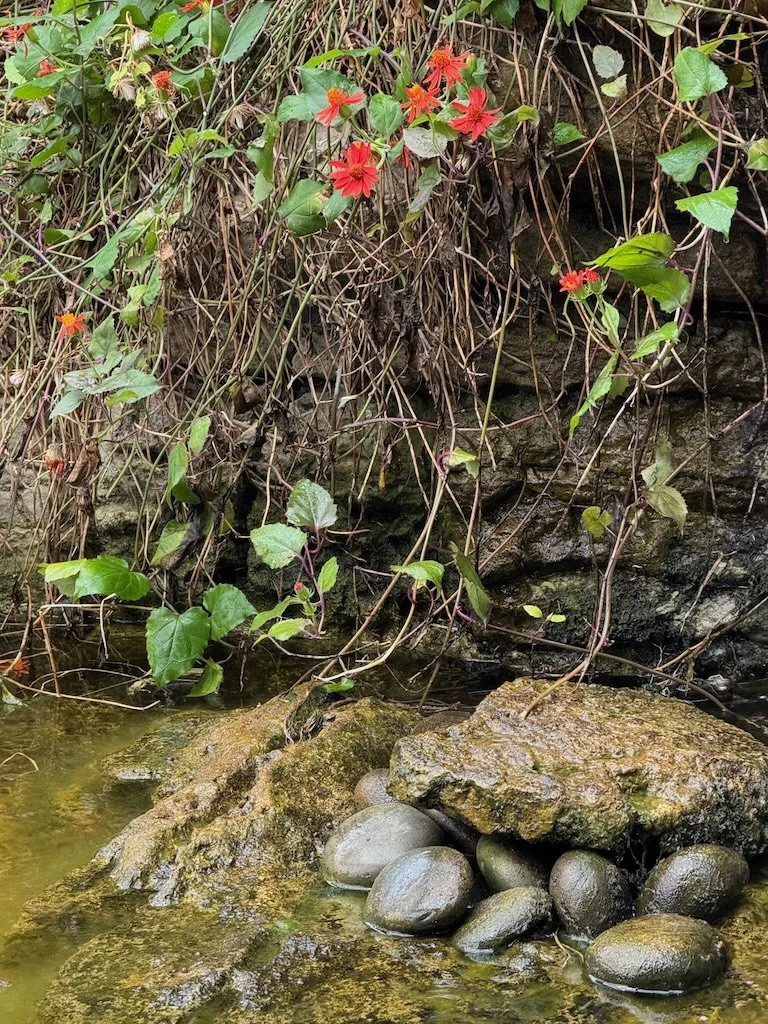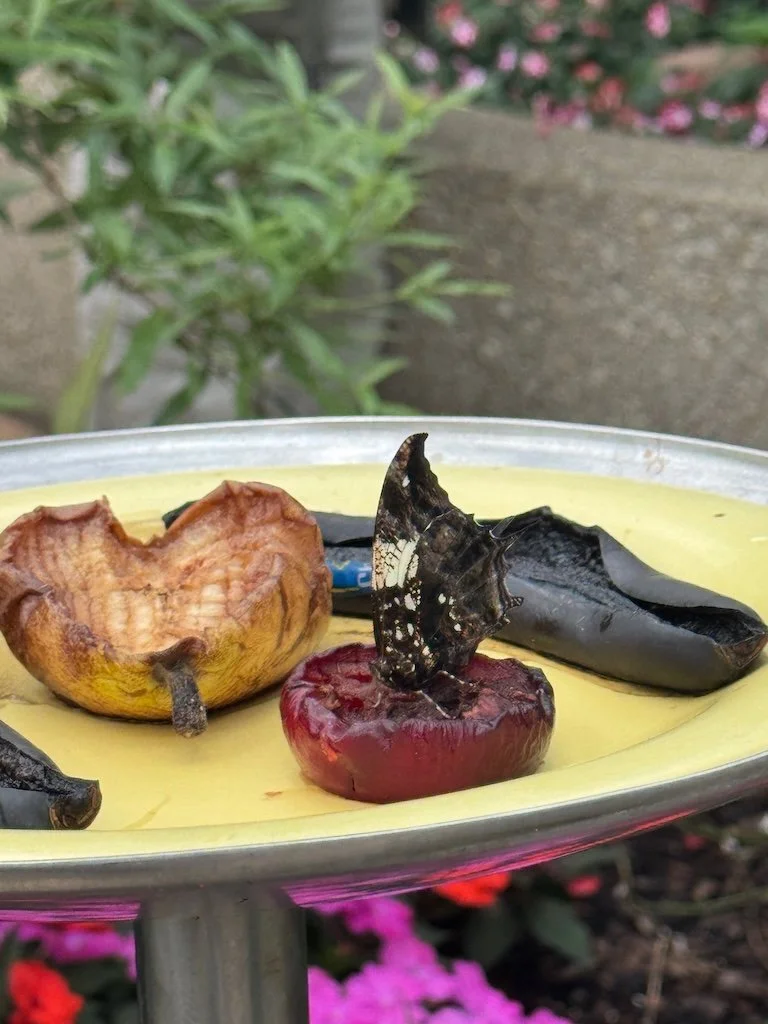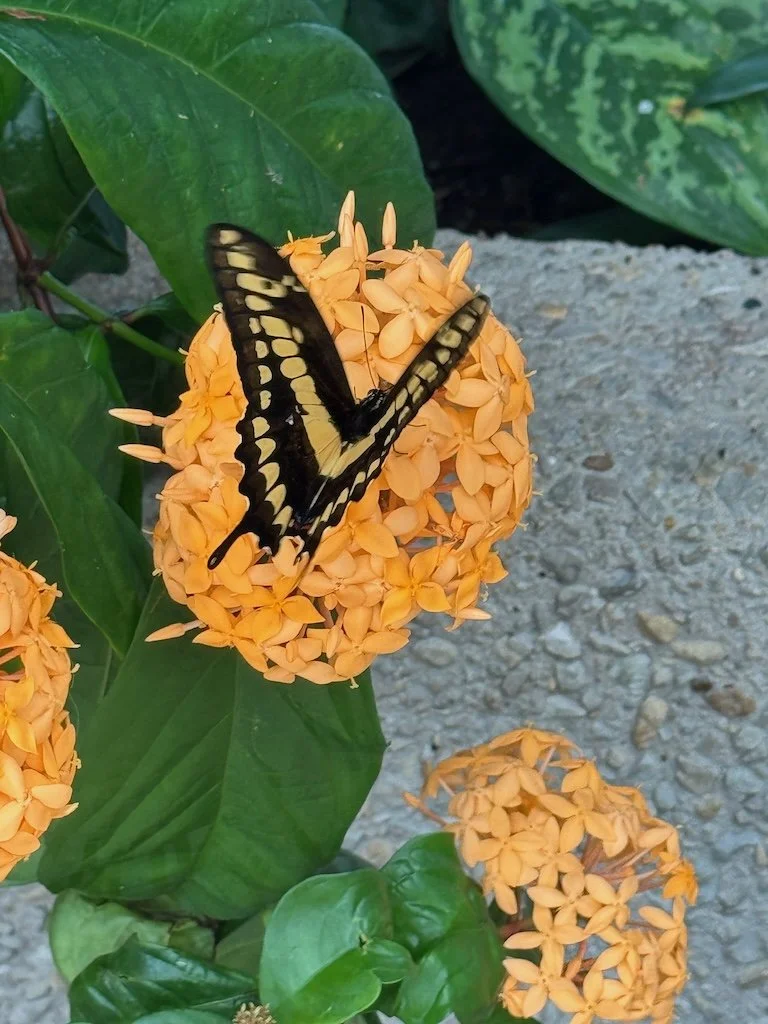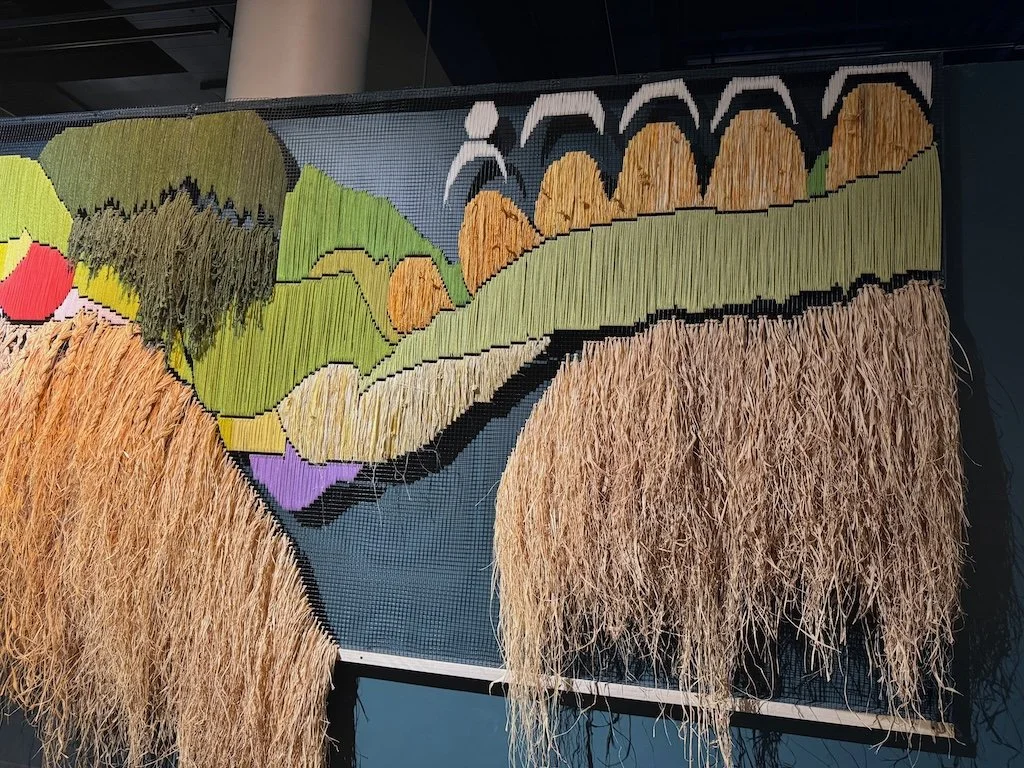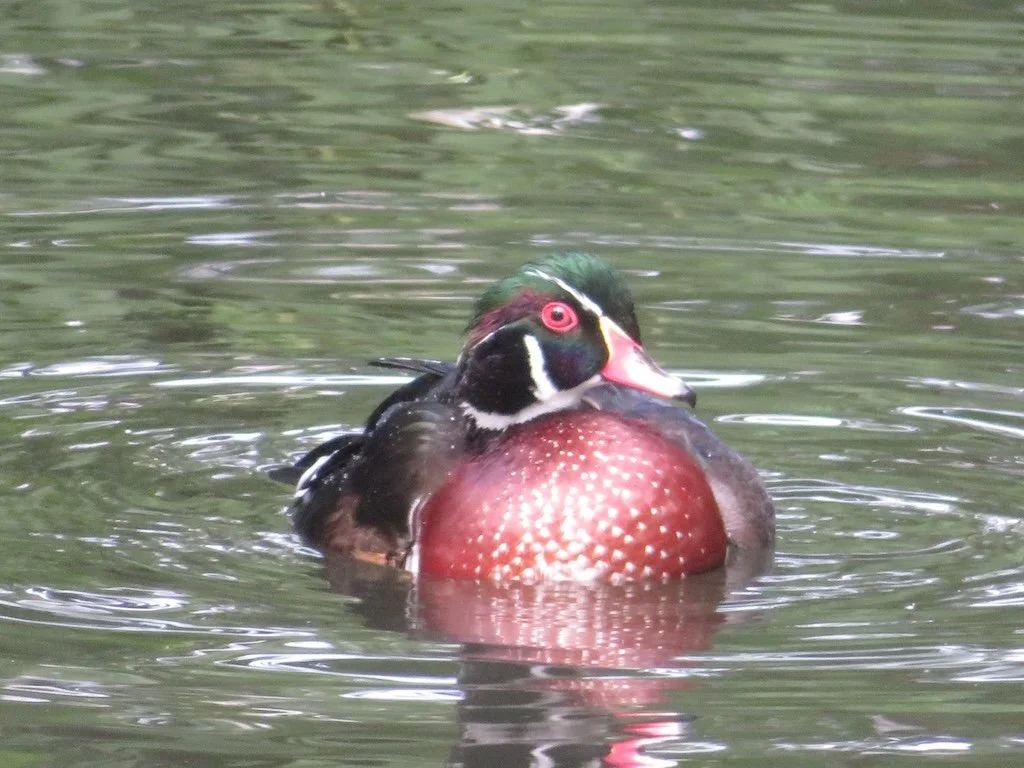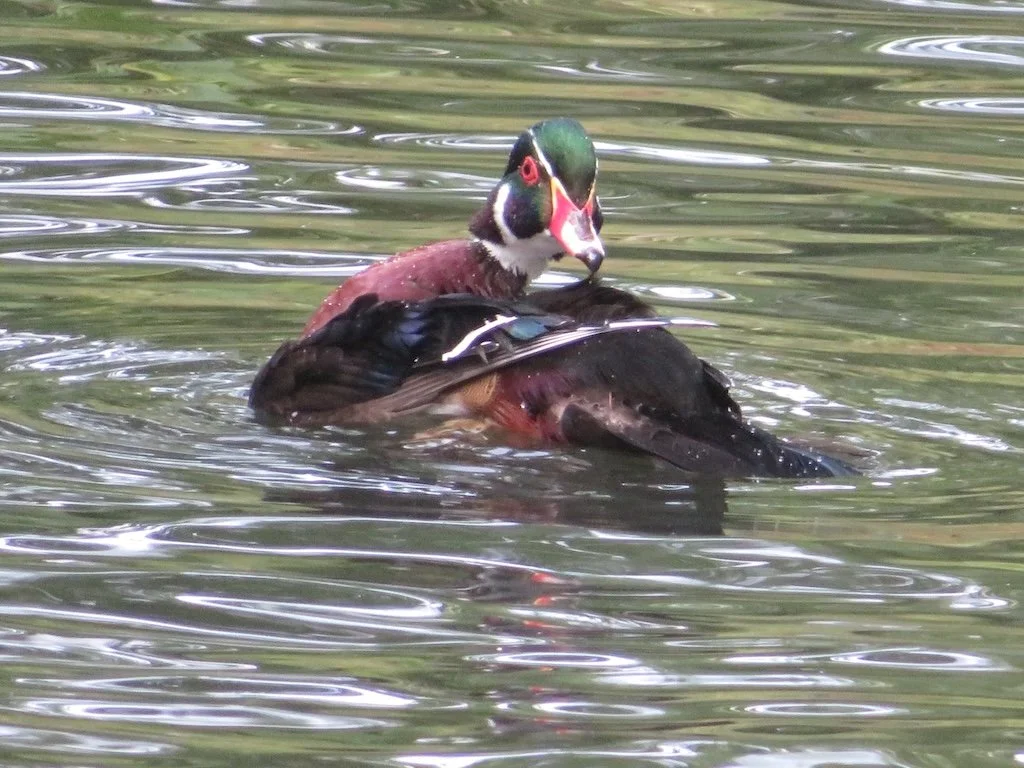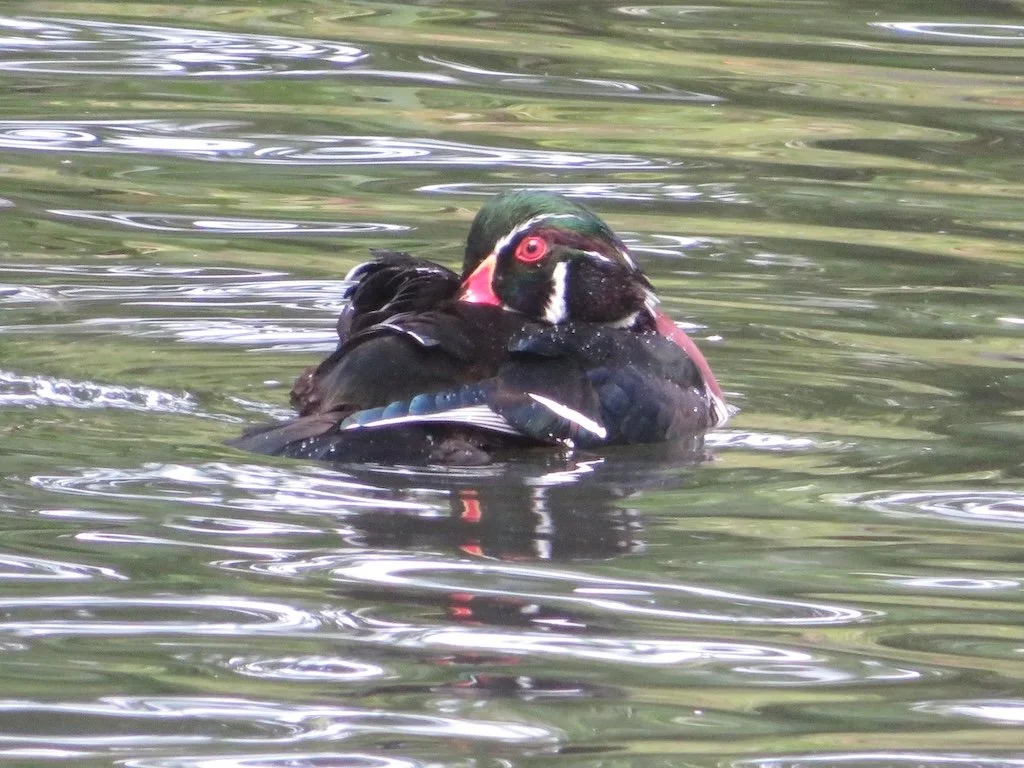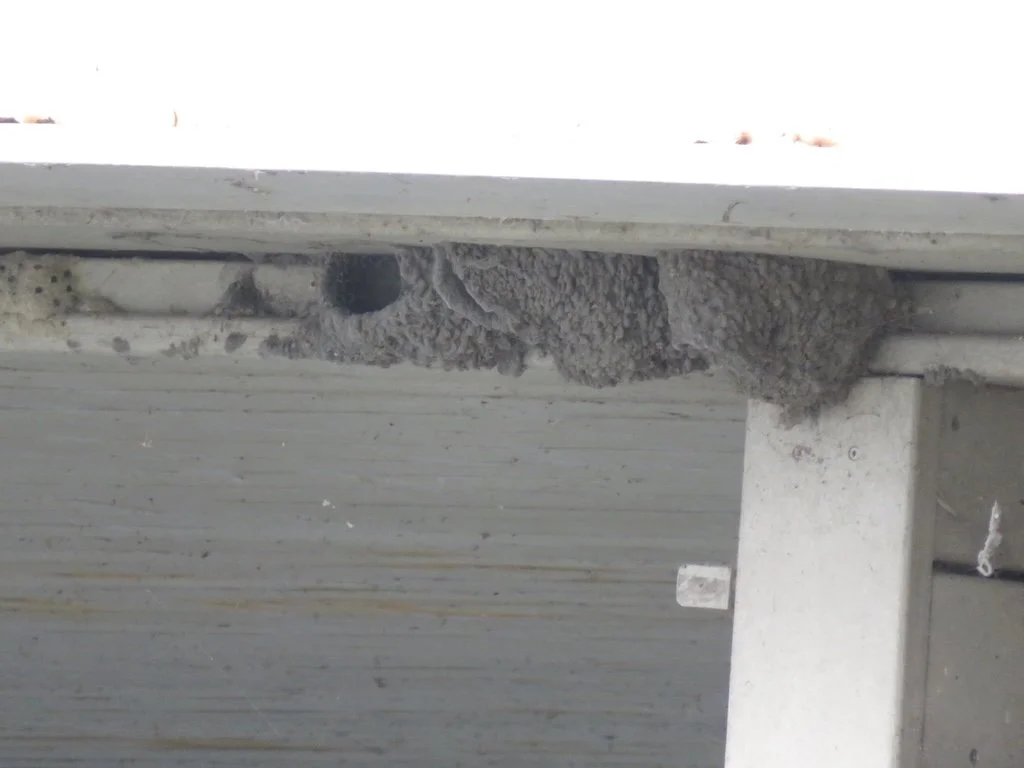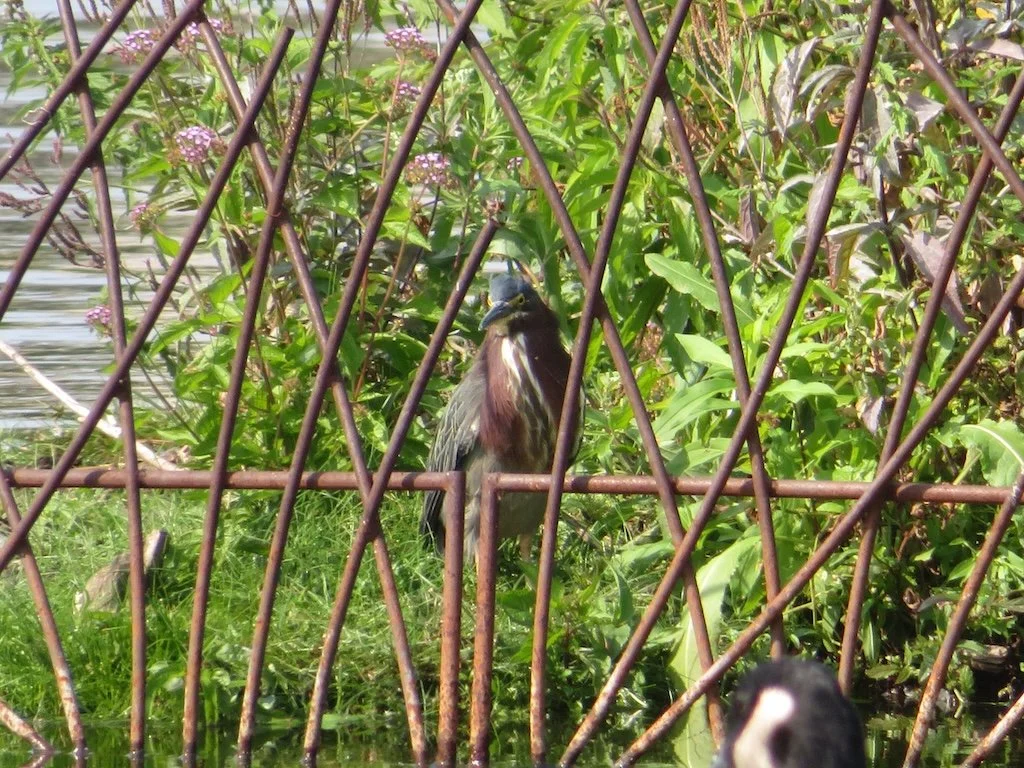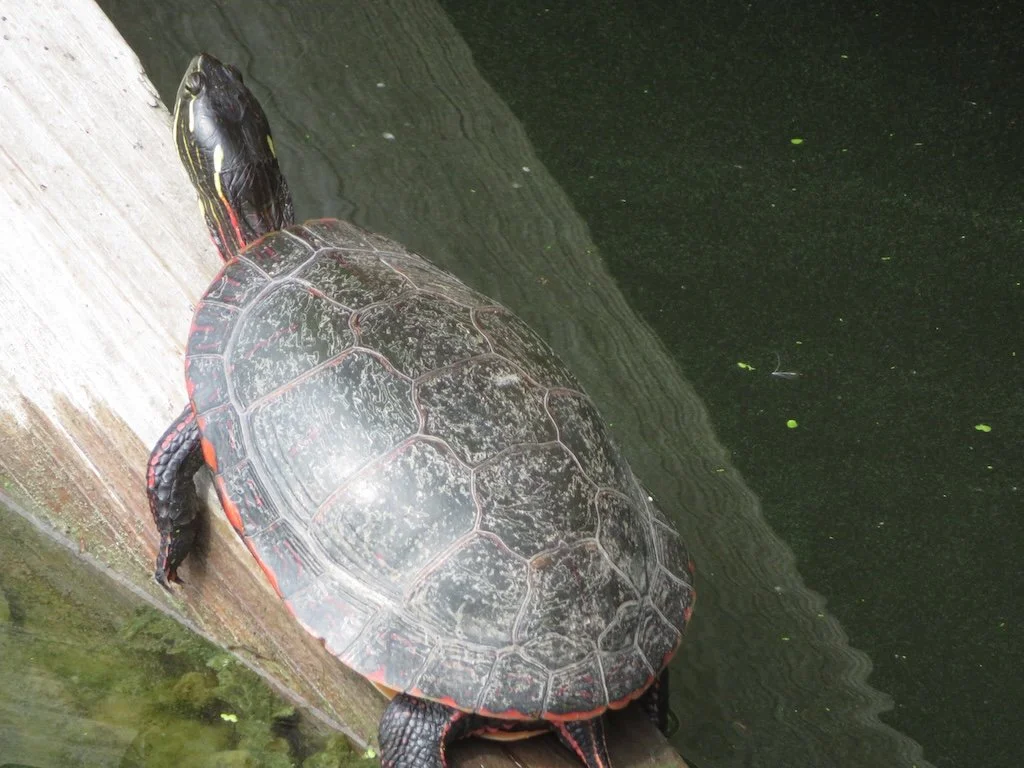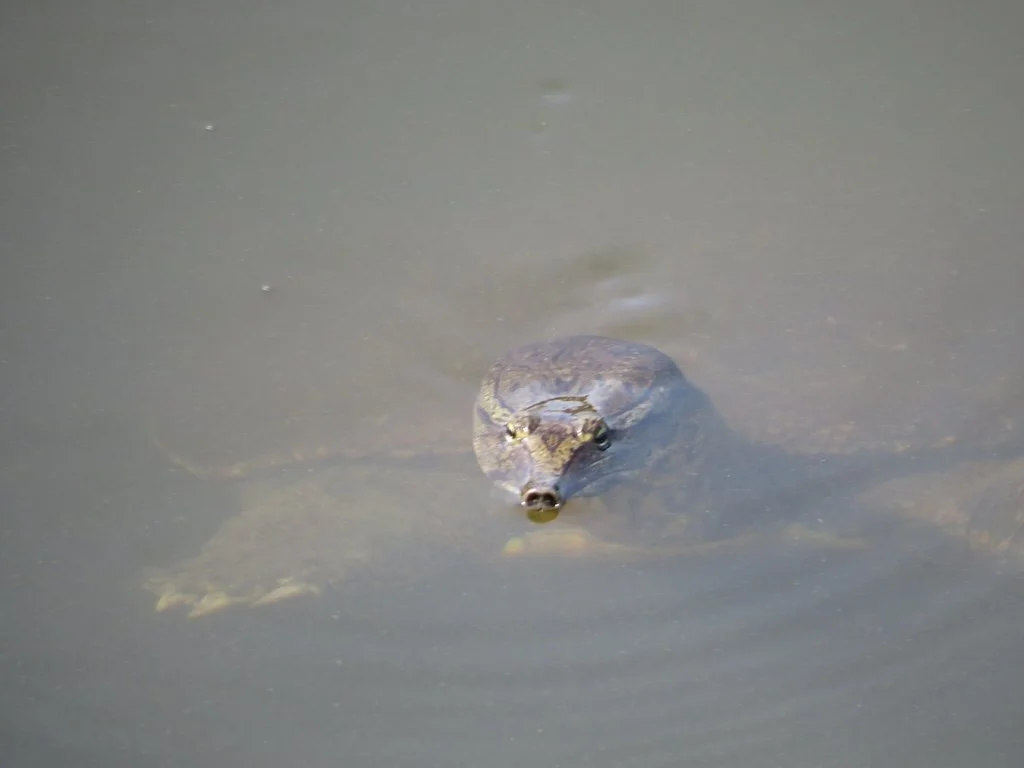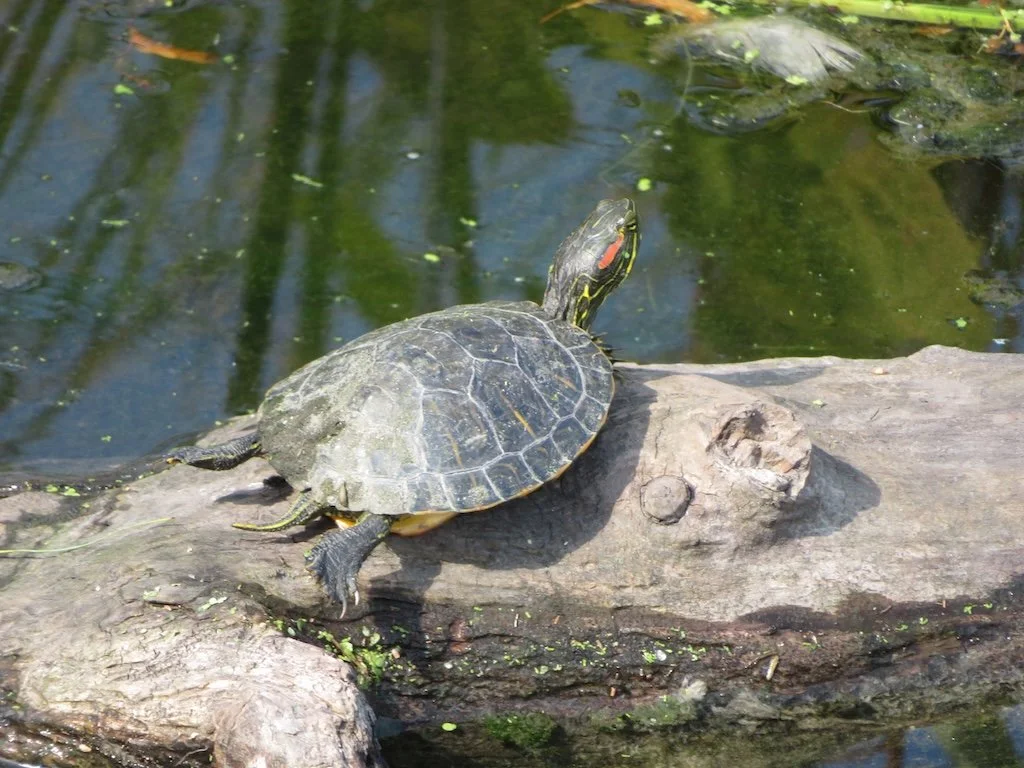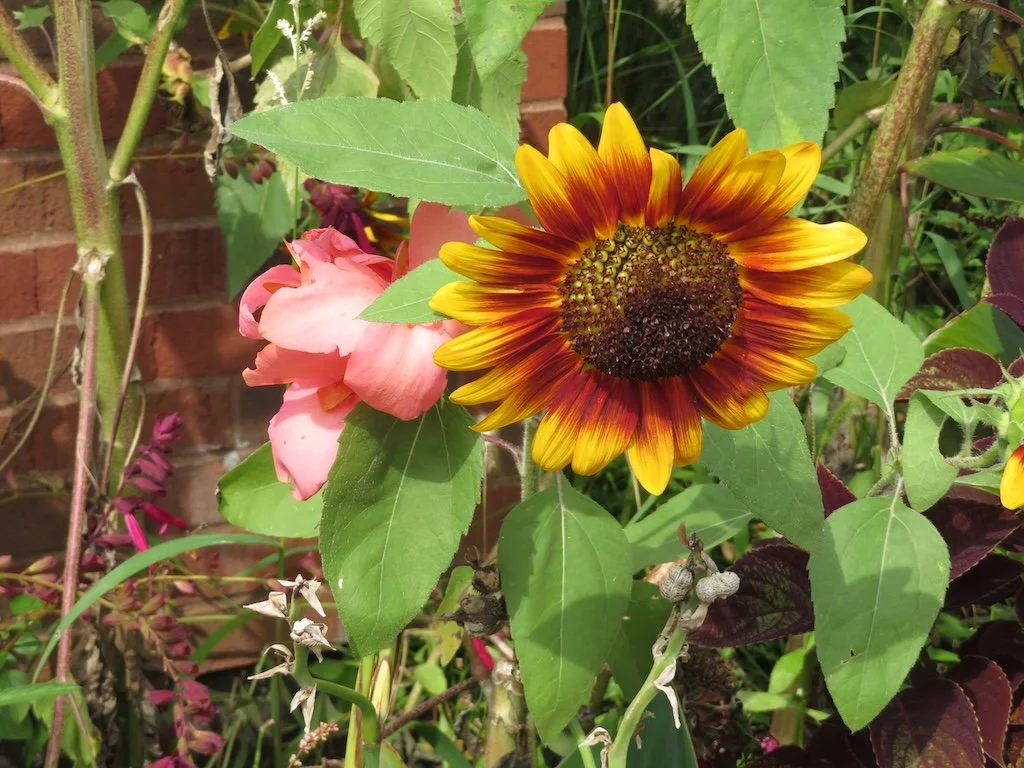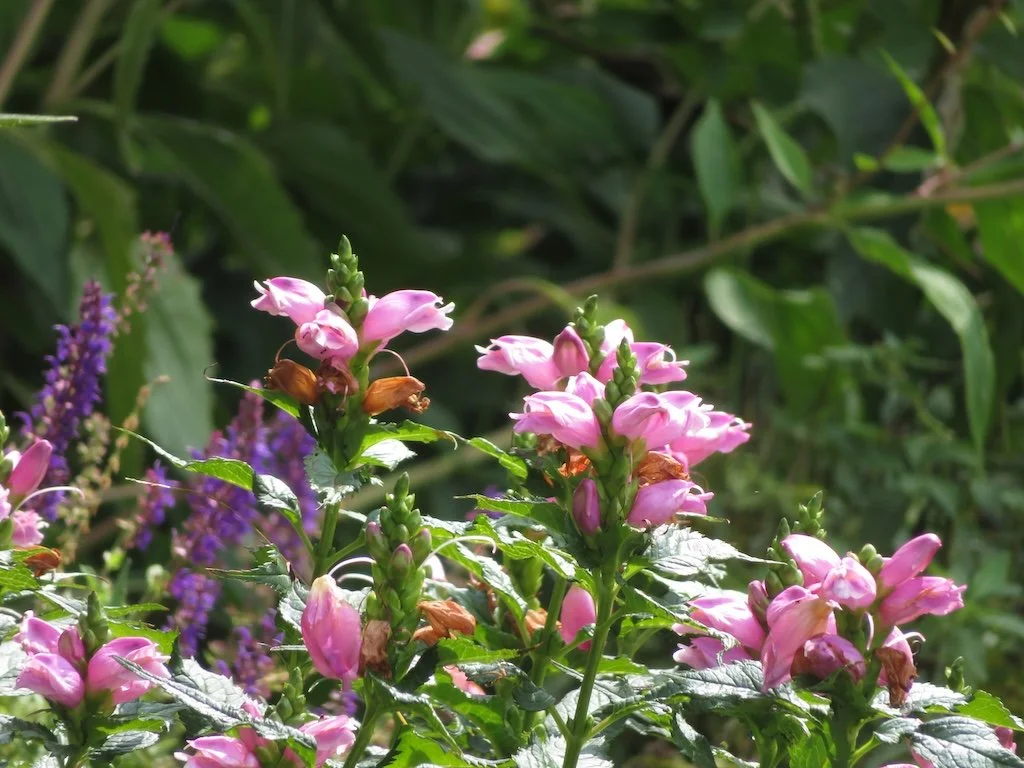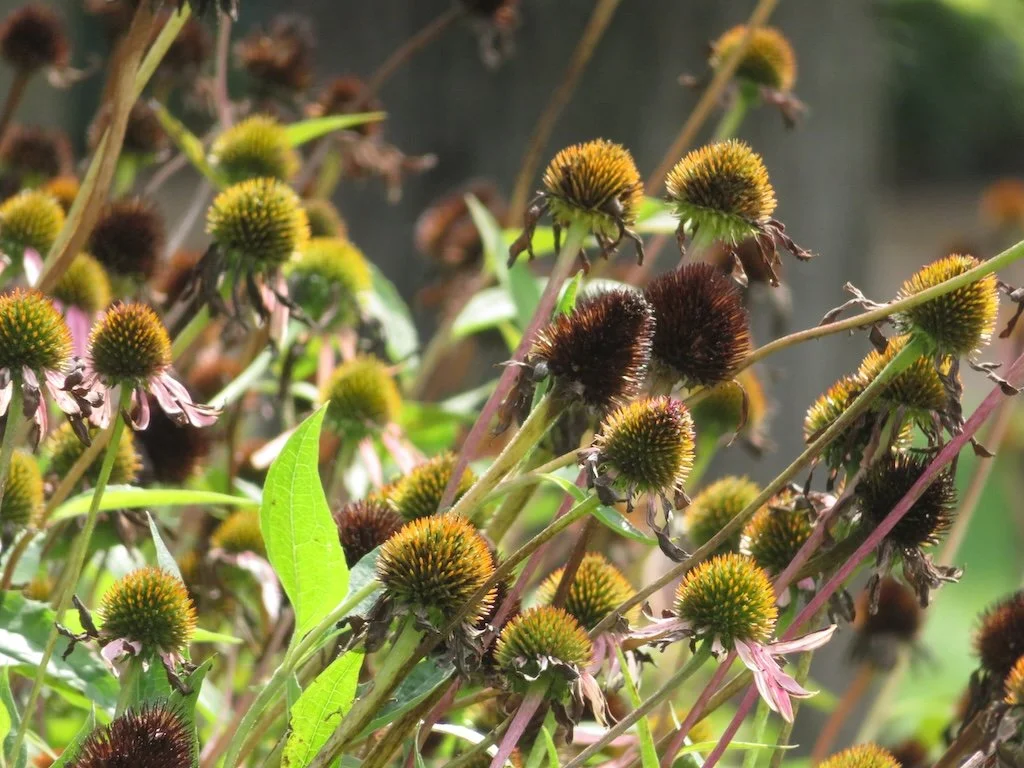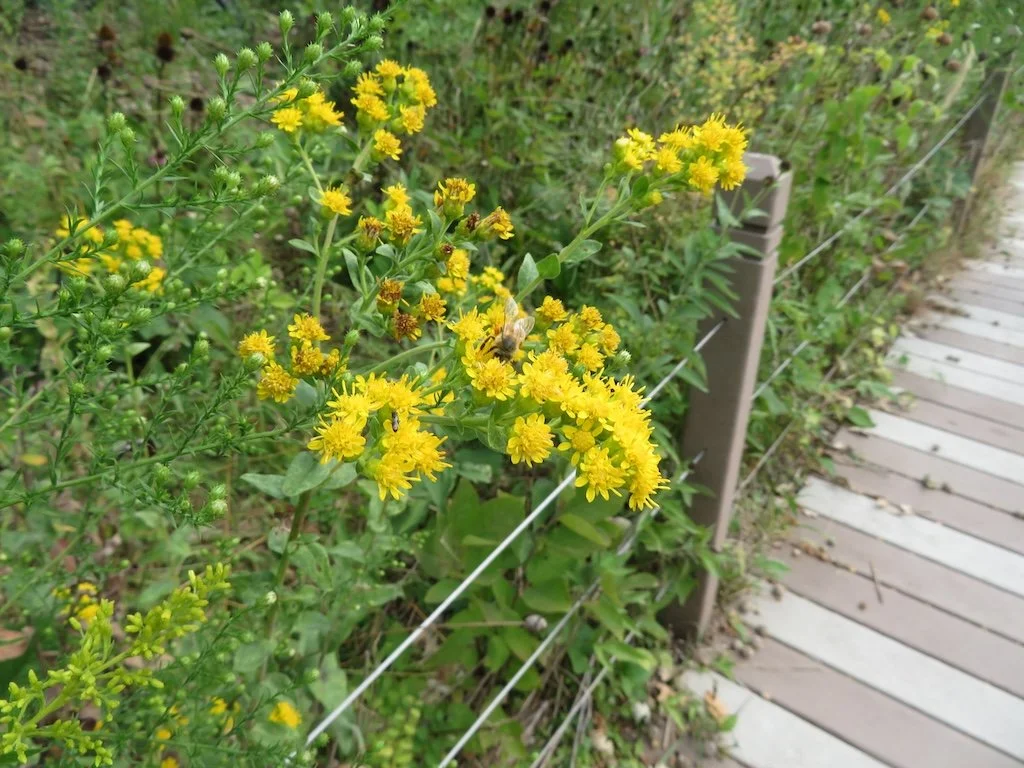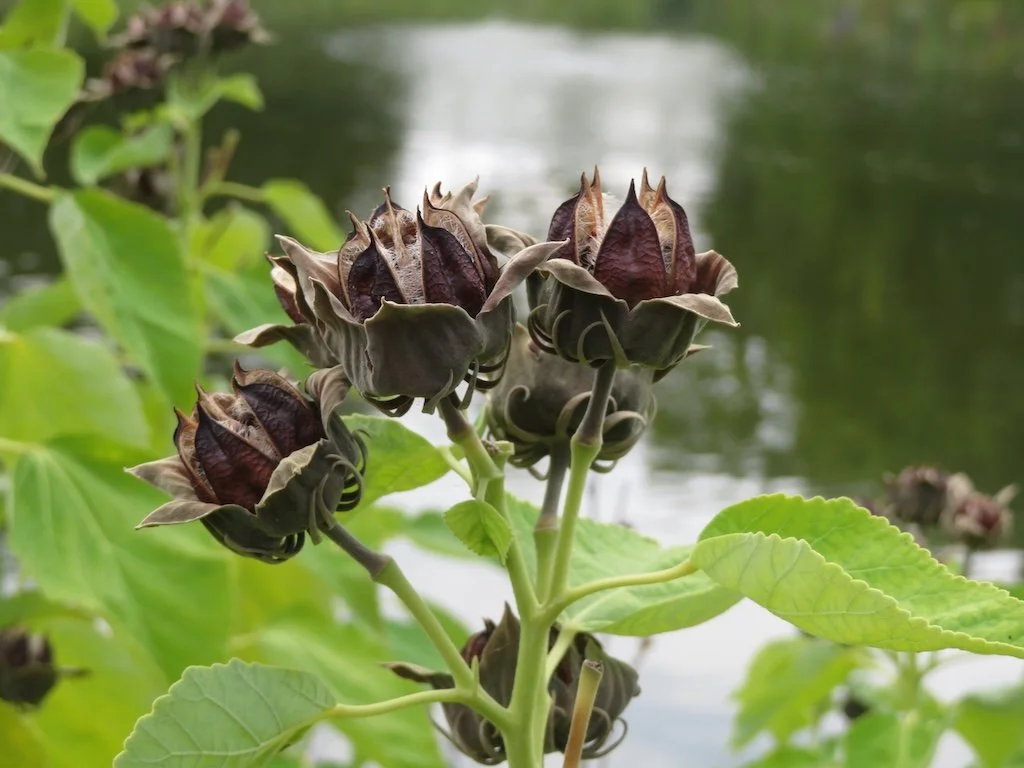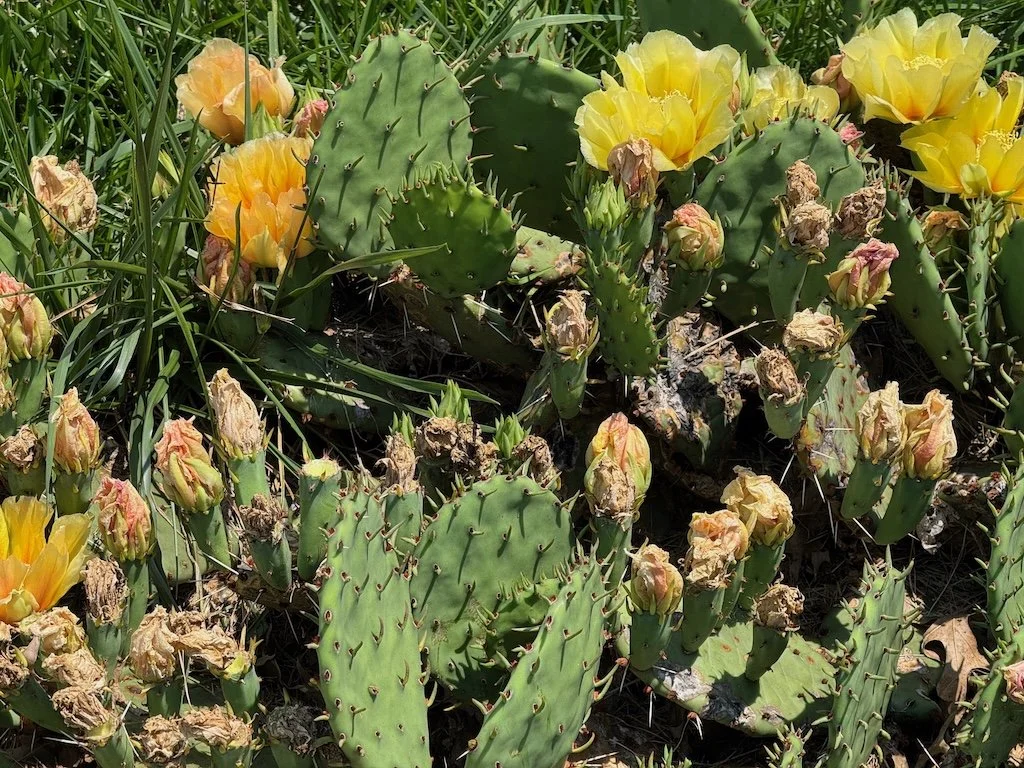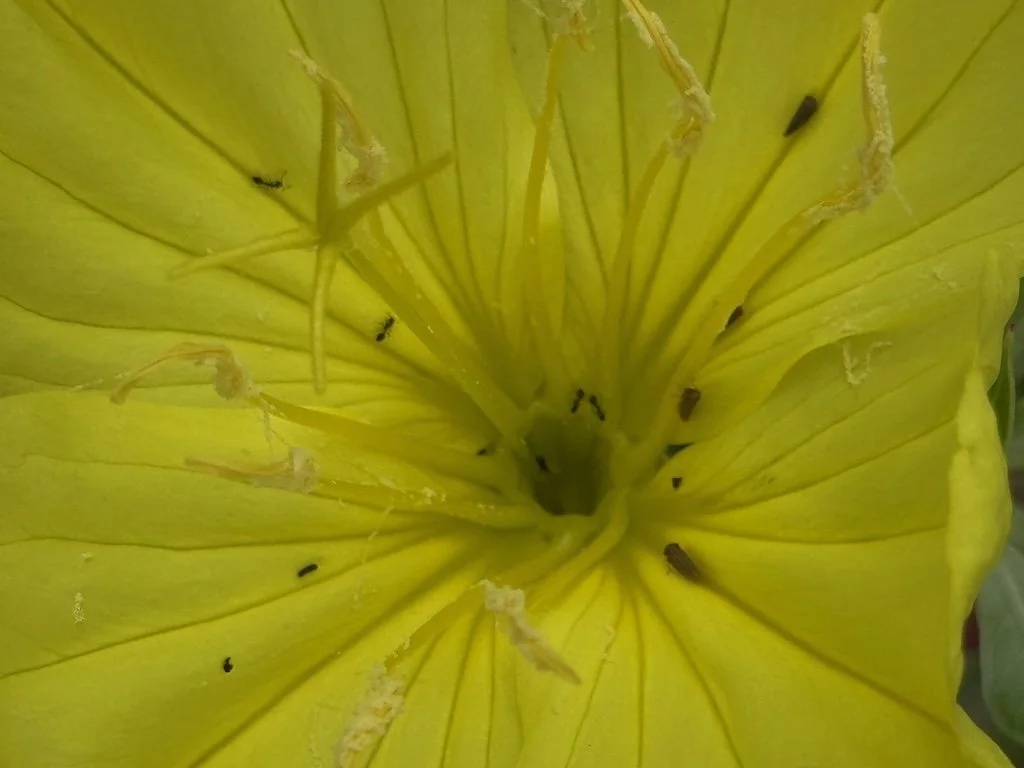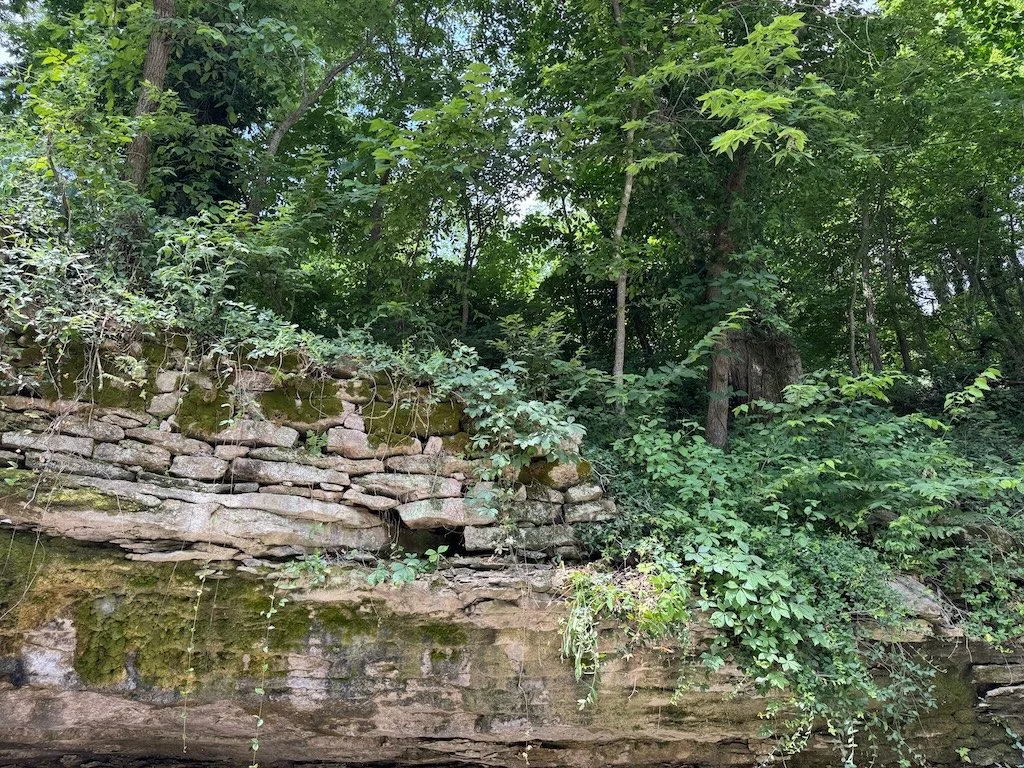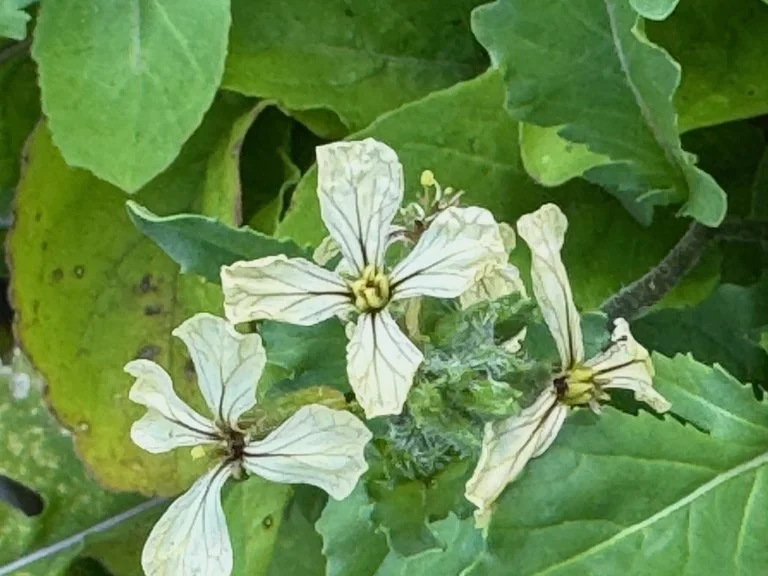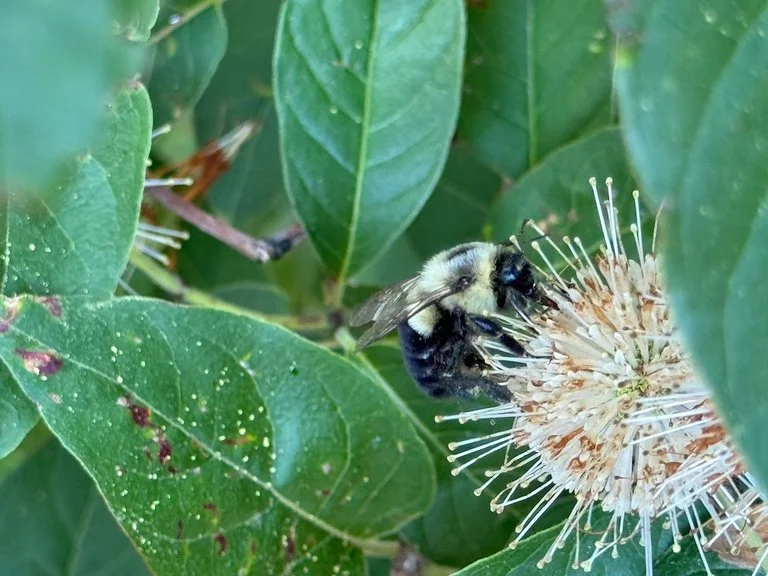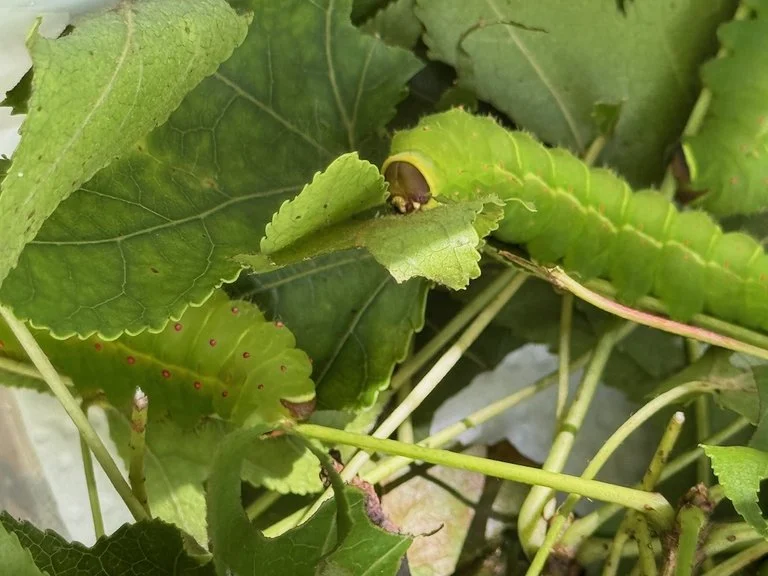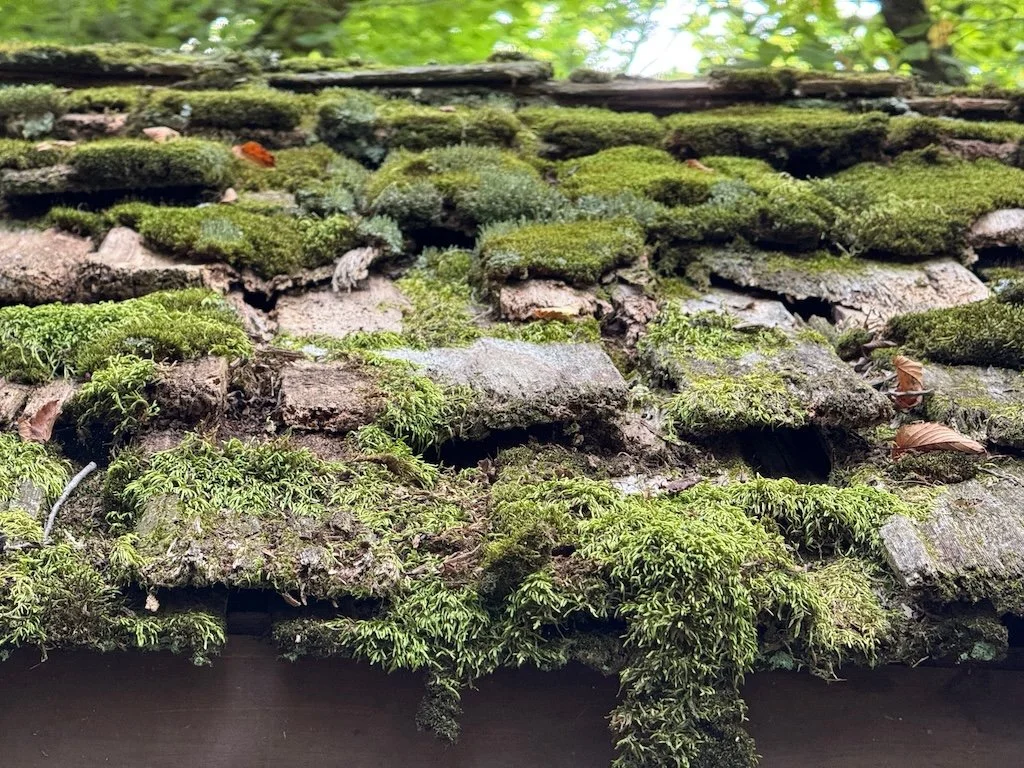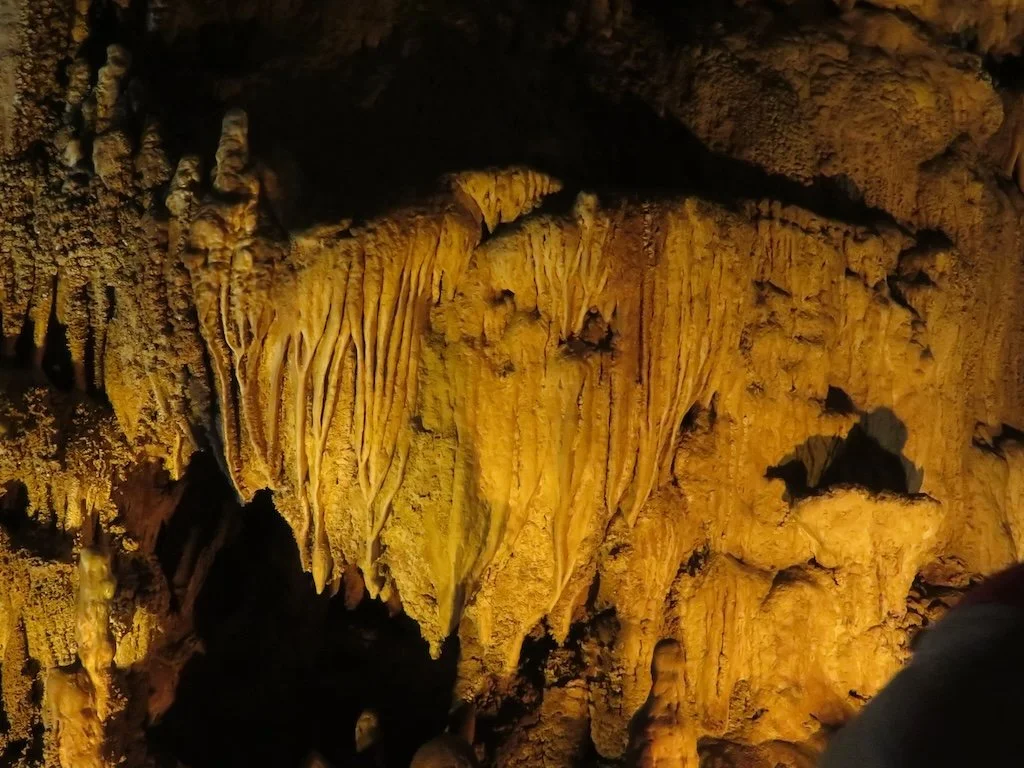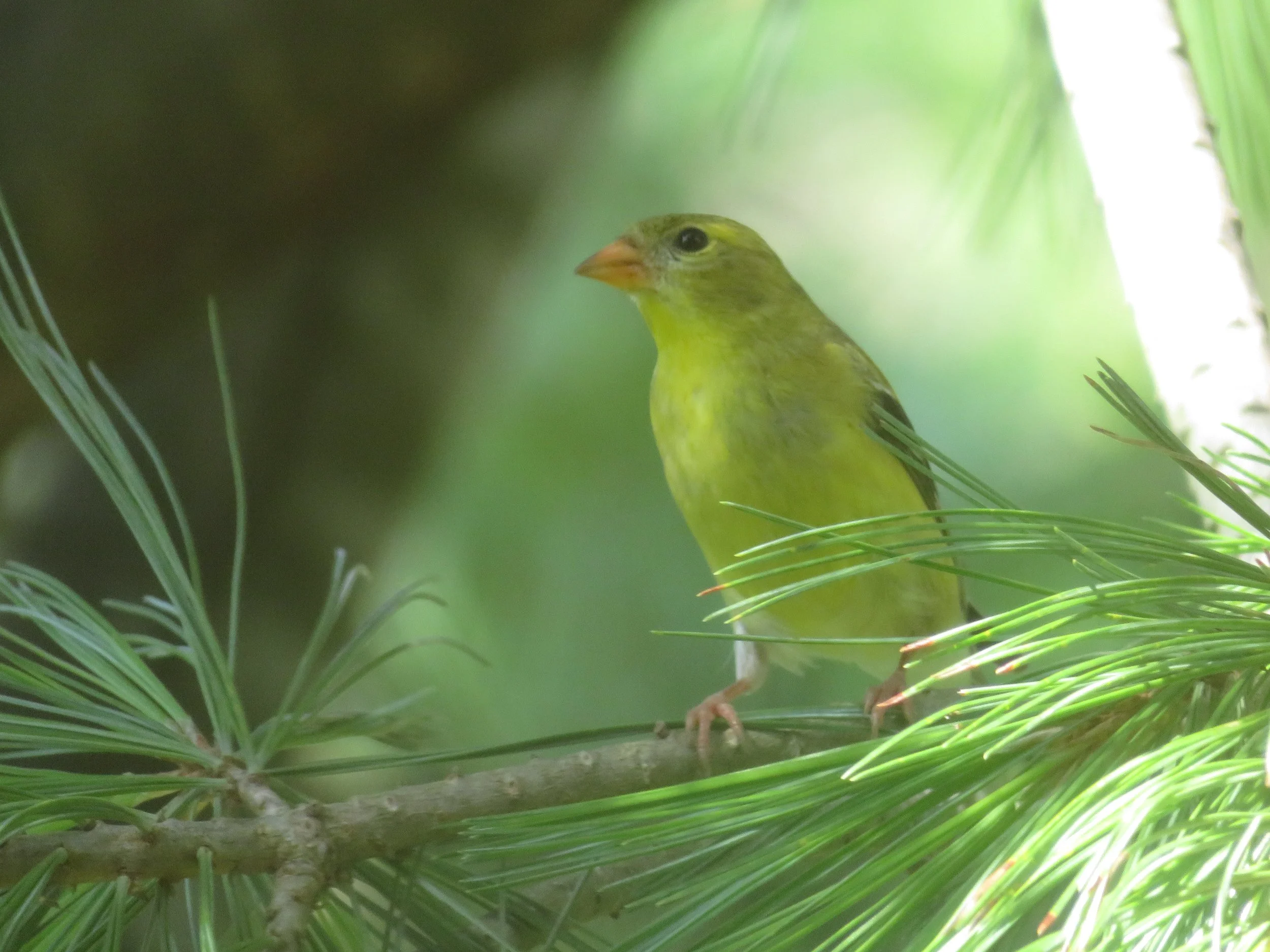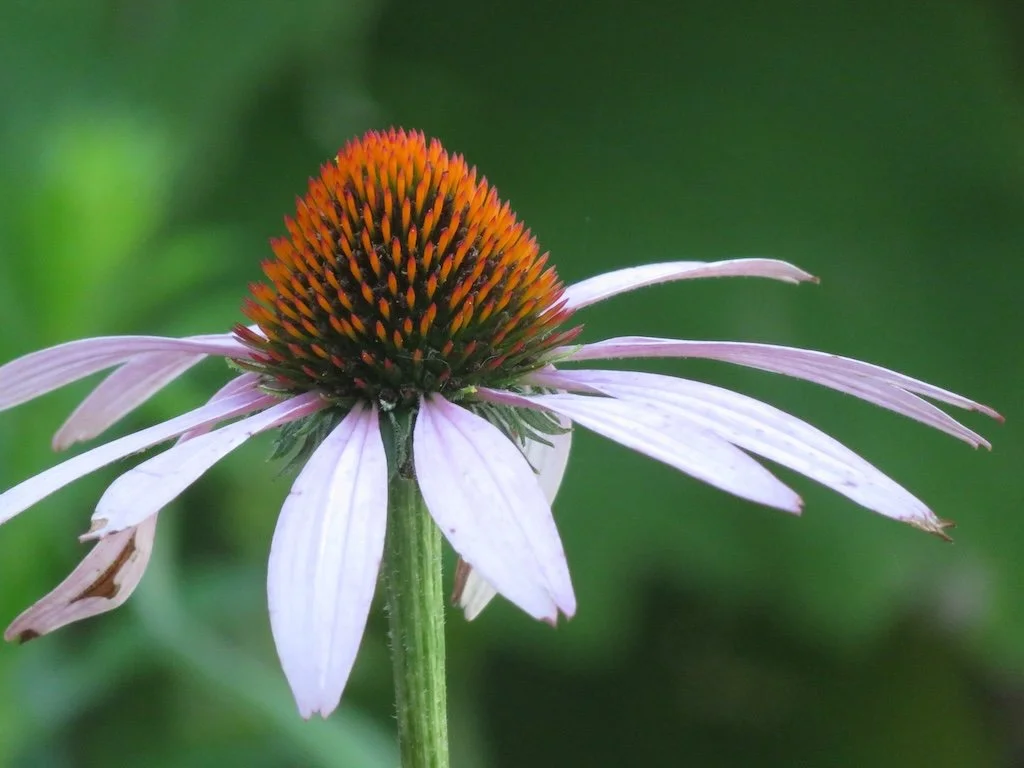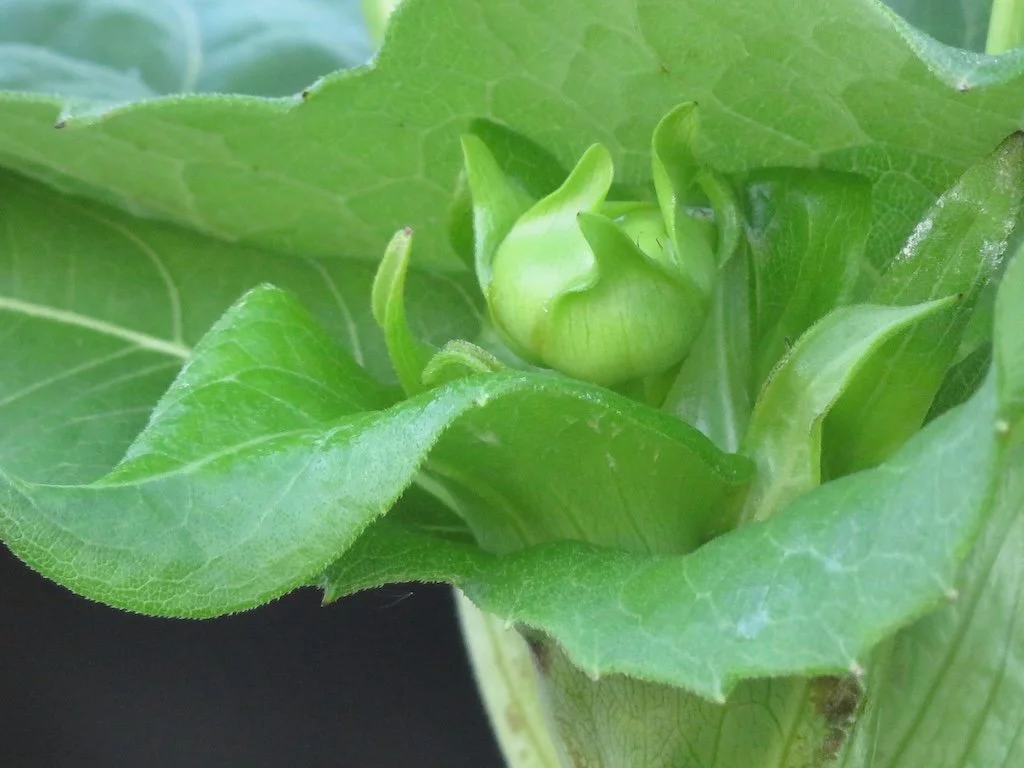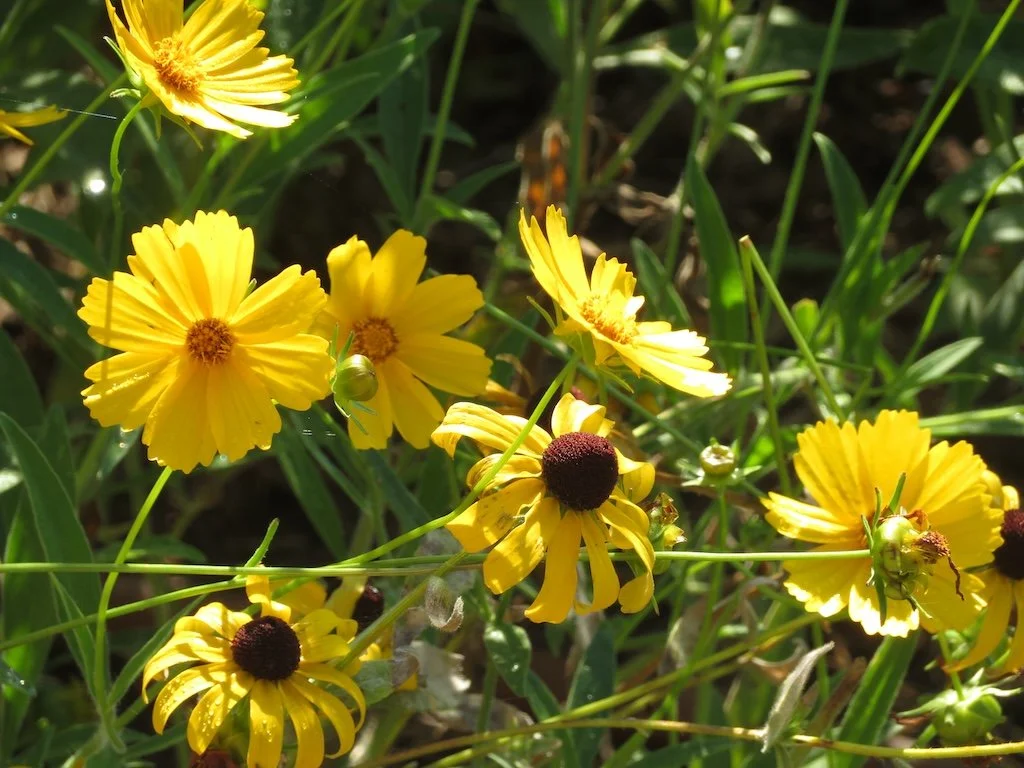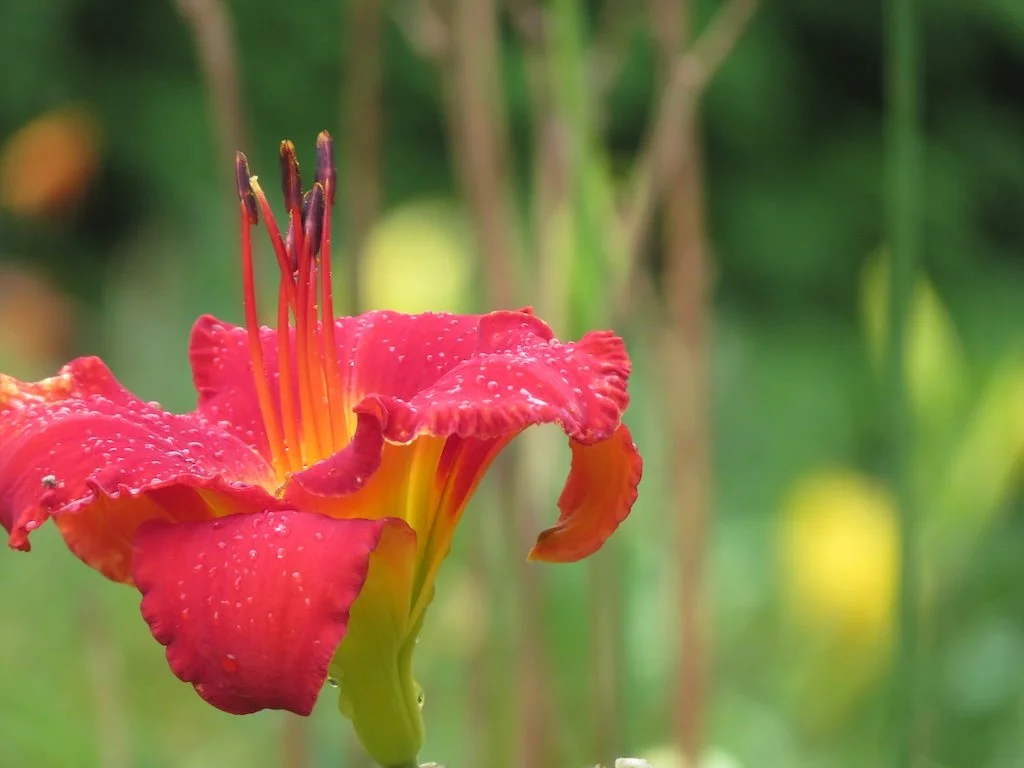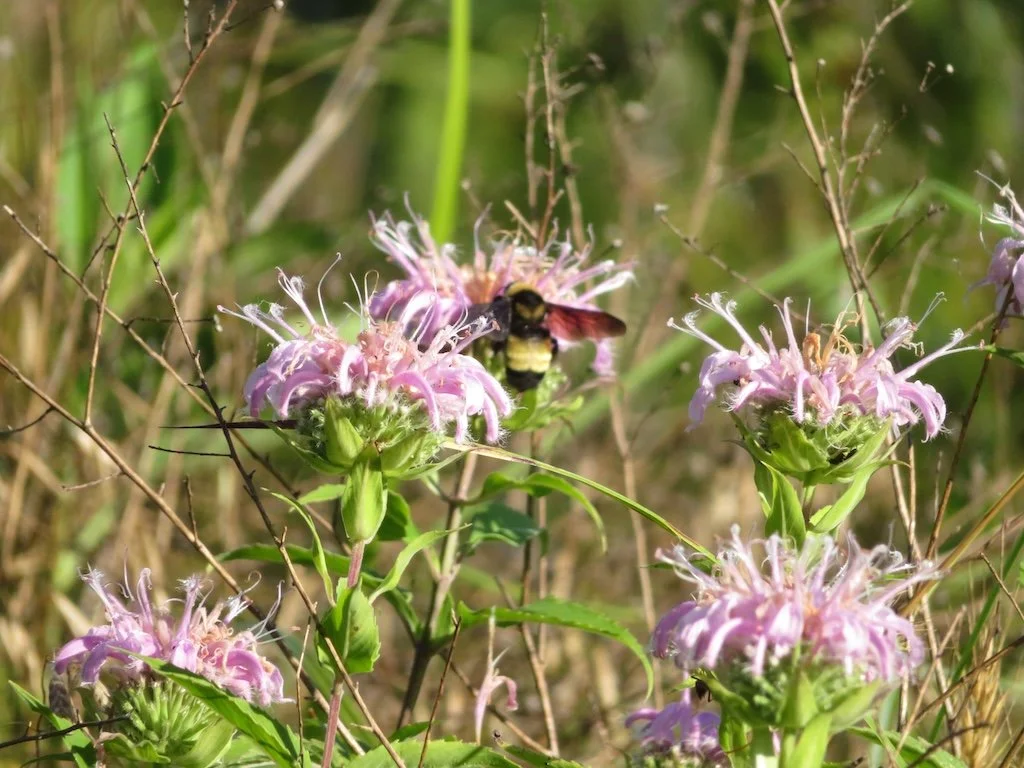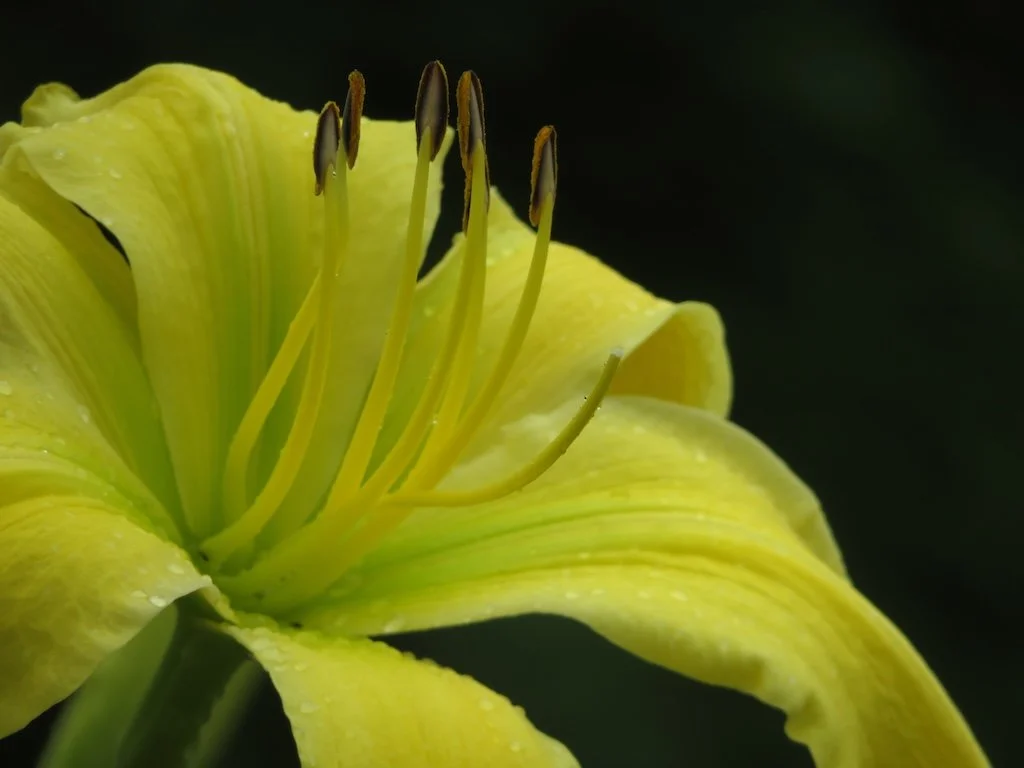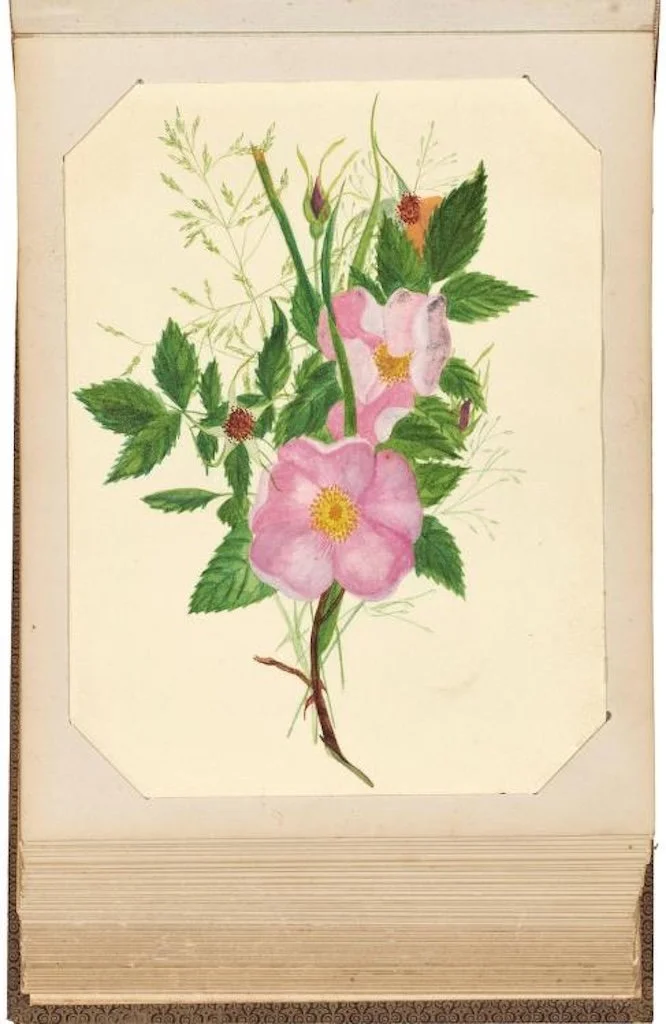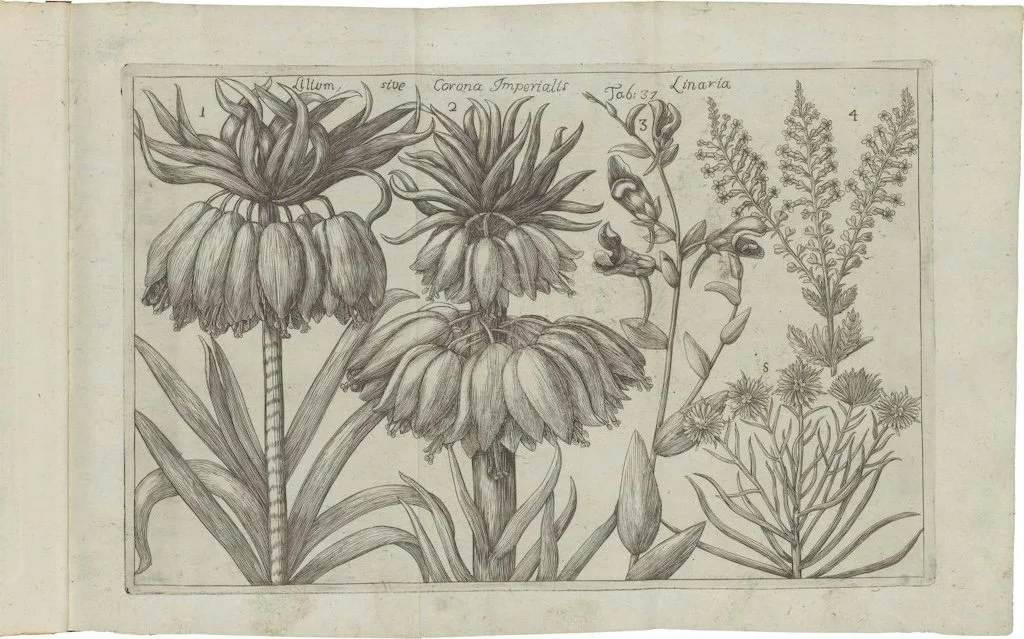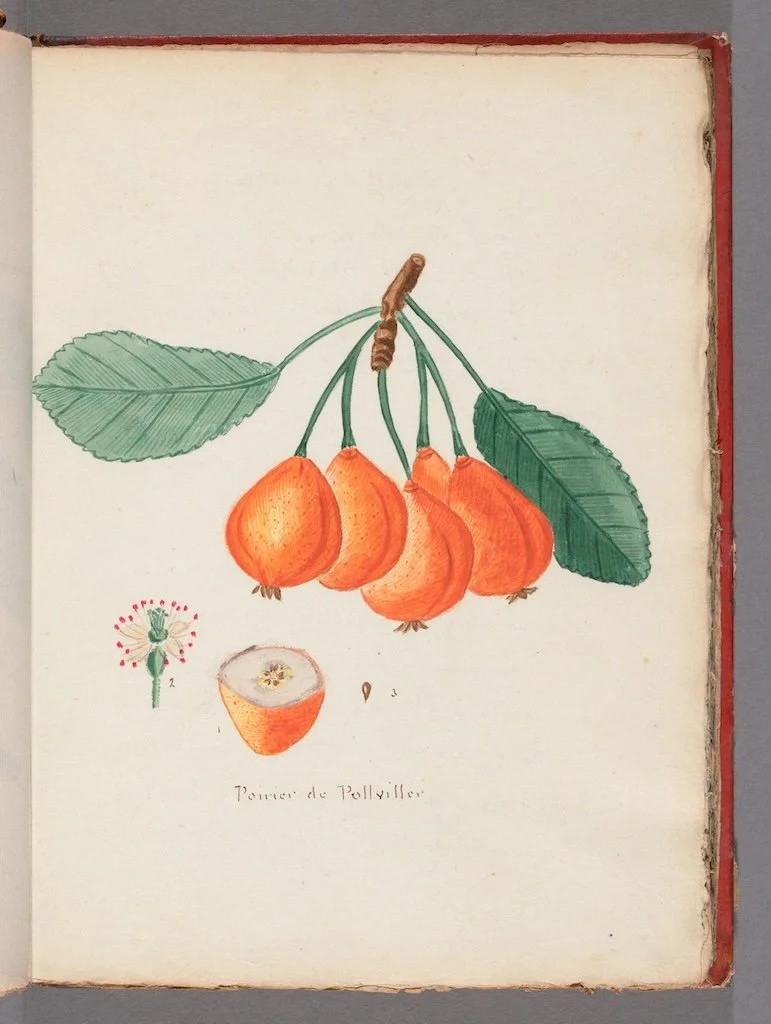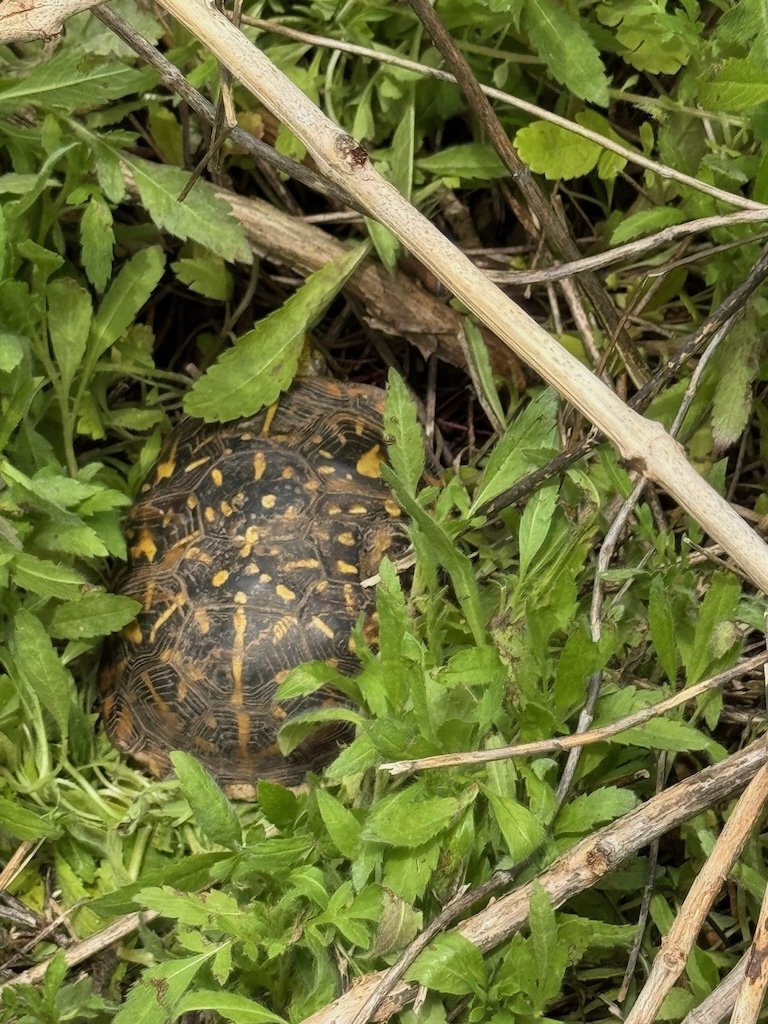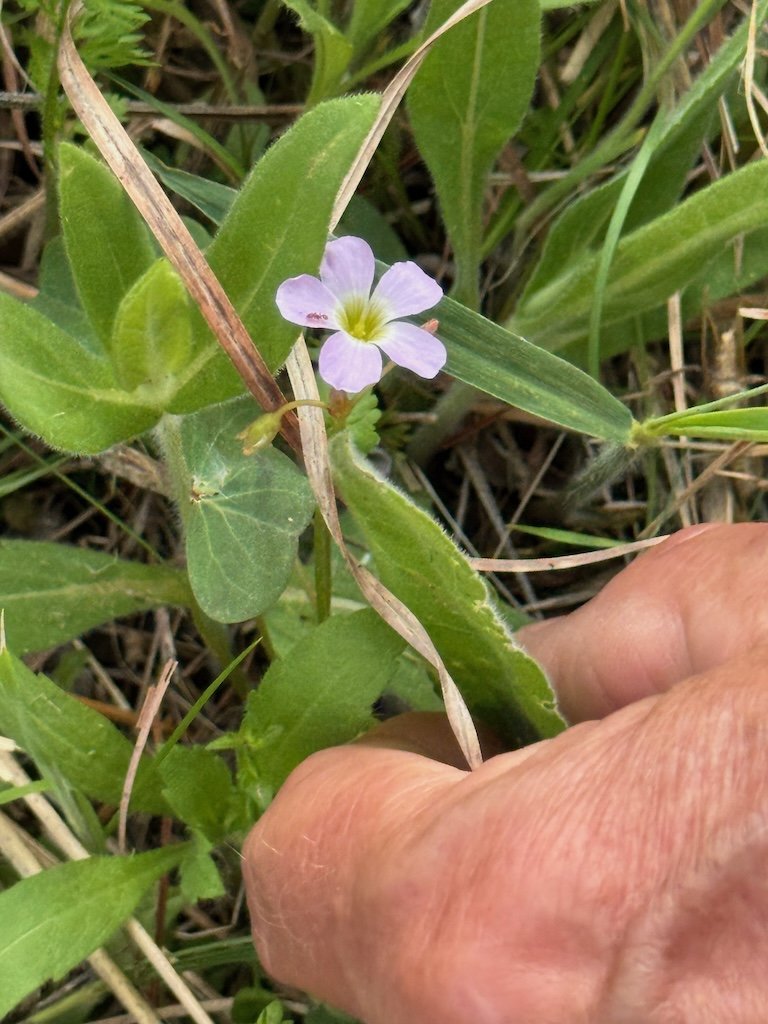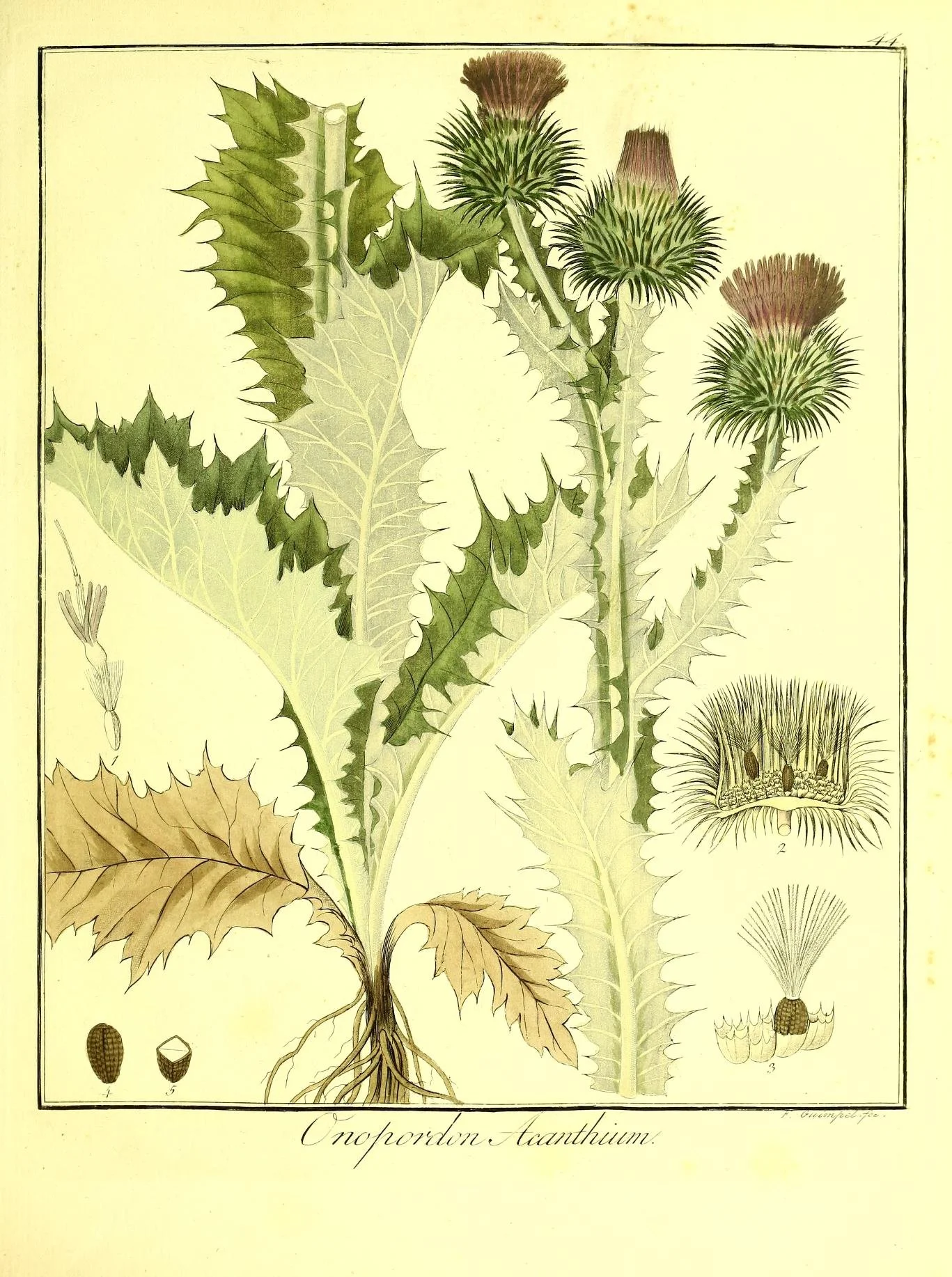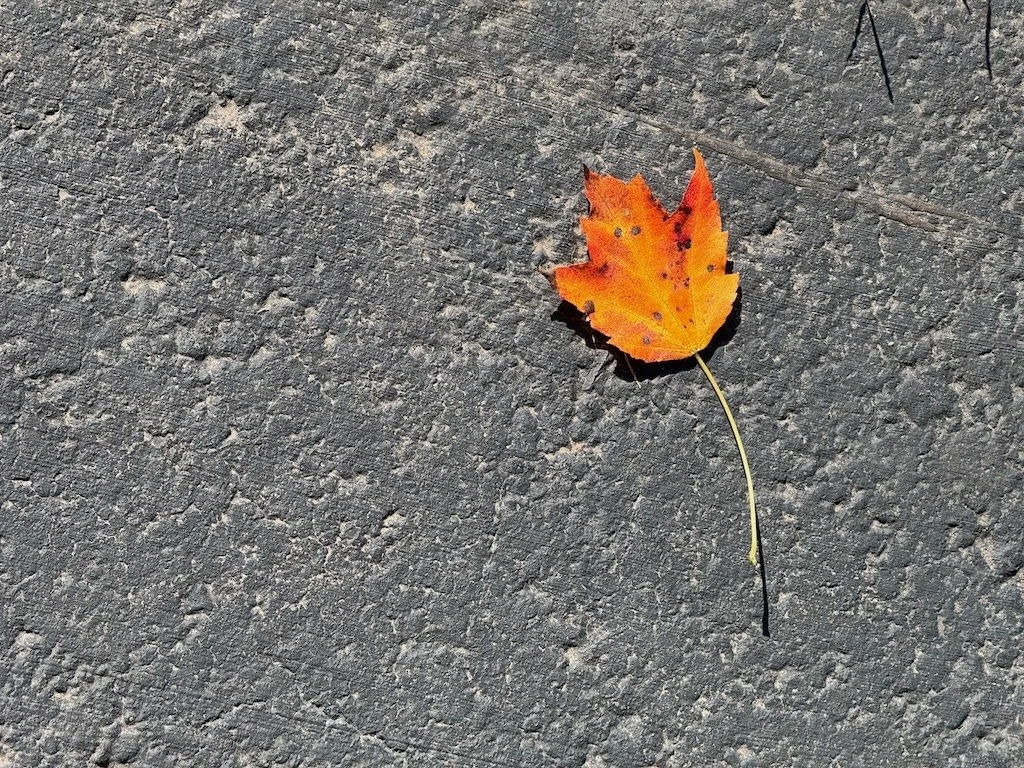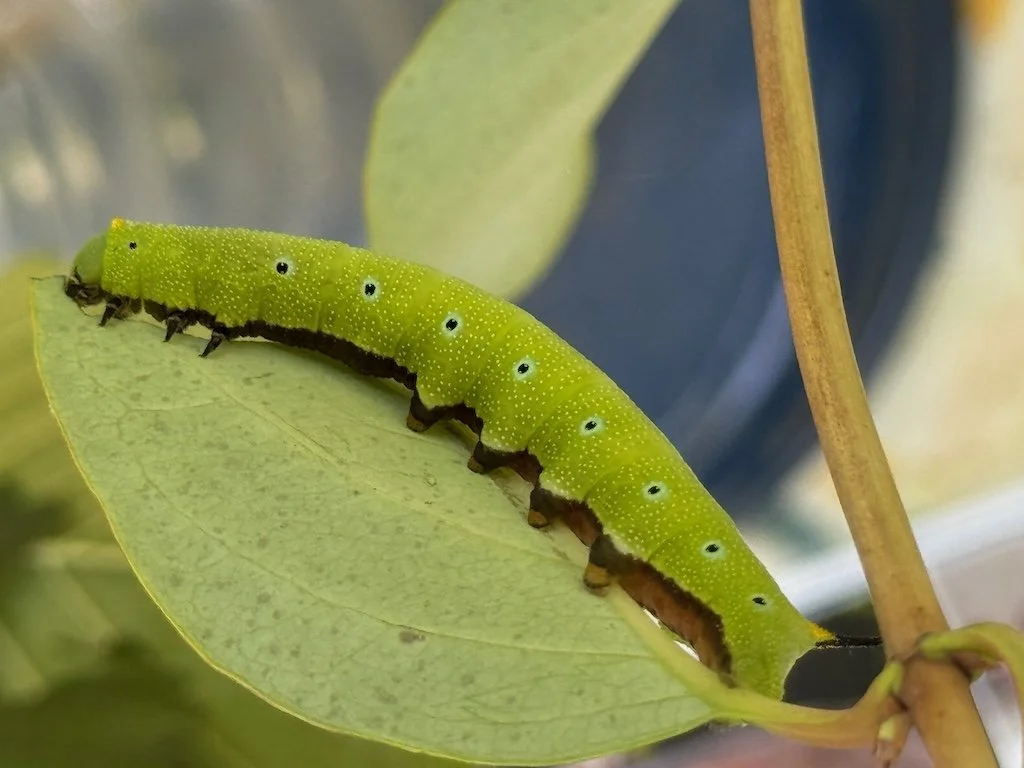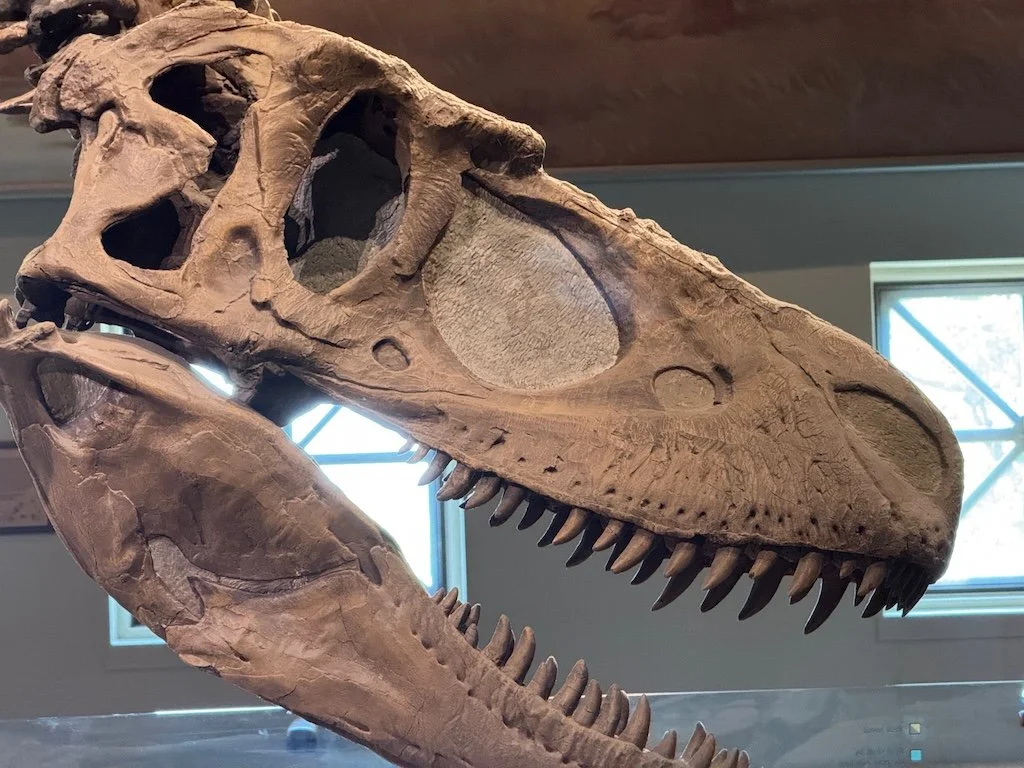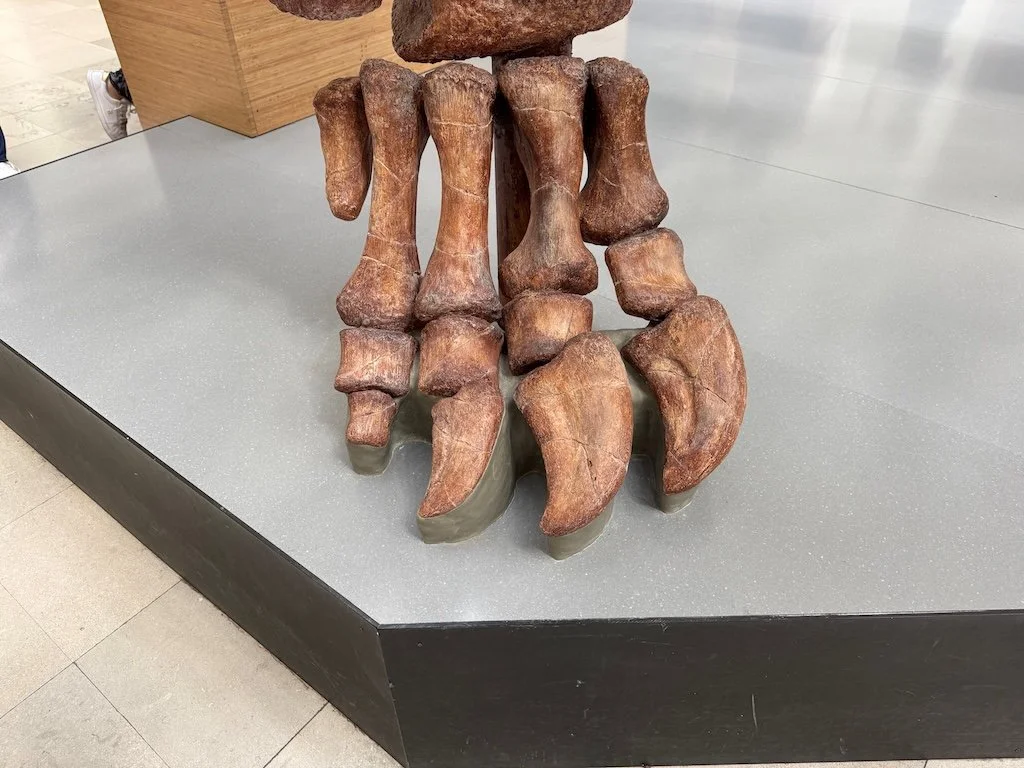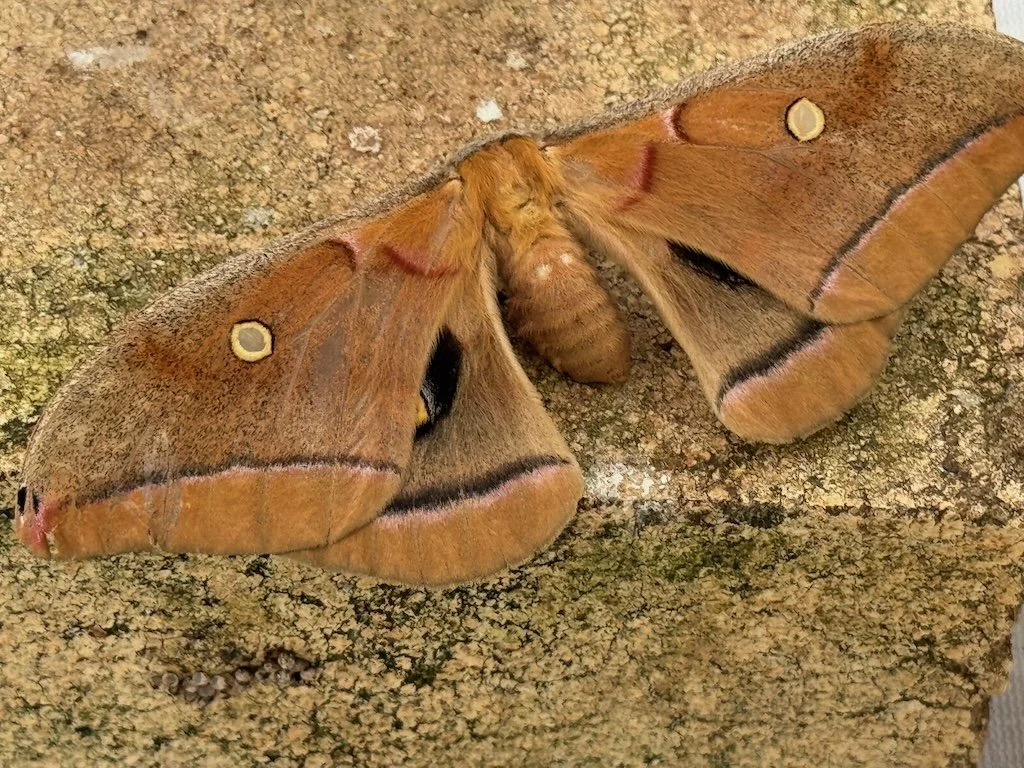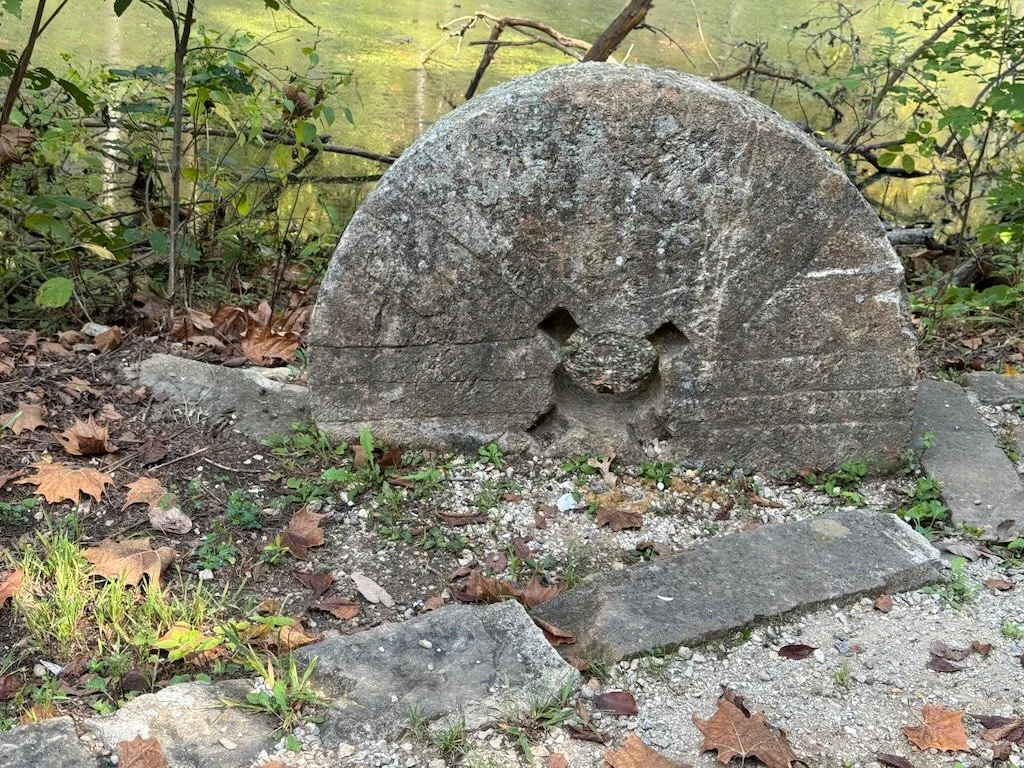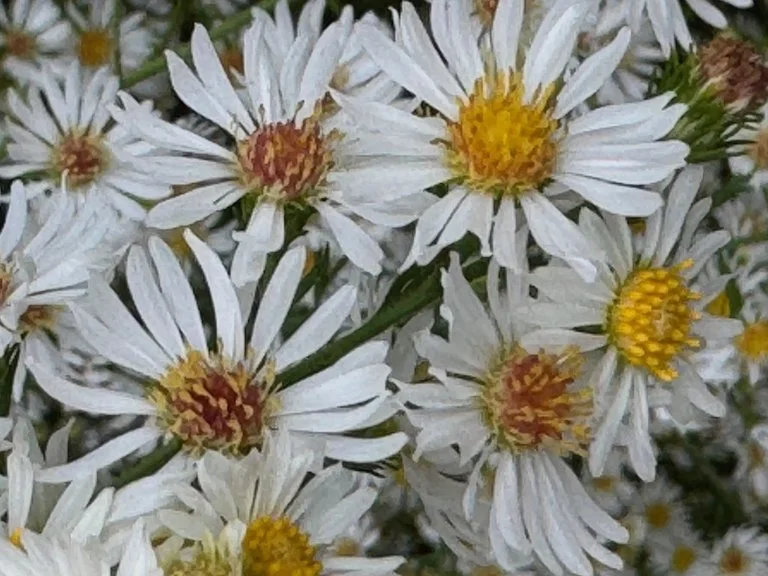eBotanical Prints – September 2025
/Twenty more books were added to my botanical print eBook collection in September - available for browsing on Internet Archive. The publication dates span over 300 years – 1570 to 1888!
My list of eBotanical Prints books now totals 3,203 eBooks I’ve browsed over the years. The whole list can be accessed here.
Click on any sample image from September’s 20 books below to get an enlarged version…and the title hyperlink in the list below the image mosaic to view the entire volume where there are a lot more botanical illustrations to browse.
Enjoy the September 2025 eBotanical Prints!
Album of field plants and cultivated plants * Le Moyne de Morgues, Jacques * sample image * 1580
A collection of fruits from the West Indies, drawn and coloured from nature * Byam, Lydia * sample image * 1800
Drawings of tropical flowers and fruits, from South America * Empson, Charles * sample image * 1830
Botanical manuscript of 450 watercolors of flowers and plants * anonymous * sample image * 1740
Collection of seventy-eight water color plates of plants * anonymous * sample image * 1700
Tulpenboeken * Marrel, Jacob * sample image * 1670
Album of watercolors of Asian fruits and flowers * anonymous * sample image * 1798
Plantes des environs de Paris * Turpin, Pierre Jean Francois * sample image * 1805
Illustrationes florae Novae Hollandiae, sive, Icones generum * Bauer, Ferdinand * sample image * 1813
Piante varie * Garzoni, Giovanna * sample image * 1650
L'art de peindre les fleurs a l'aquarelle : précédé d'un traité de botanique élémentaire, et orné d'un choix des plus belles fleurs * Dufour, Augustine * sample image * 1837
Die Pflanze in Kunst und Gewerbe V1 * Seder, Anton; Gerlach, Martin; Ilg, Albert * sample image * 1886
Die Pflanze in Kunst und Gewerbe V2 * Seder, Anton; Gerlach, Martin; Ilg, Albert * sample image * 1886
Conversations on the botany of the Scriptures * Coxe, Margaret * sample image * 1837
Water-color sketches of plants of North America and Europe - Volume 12 * Sharp, Helen * sample image * 1888
Album of Chinese watercolors of Asian fruits * anonymous * sample image * 1810
Paintings of Flowers, Butterflies, and Insects * Le Moyne de Morgues, Jacques * sample image * 1570
Roland Thaxter sketch book * Thaxter, Roland * sample image * 1886
British grasses * Wharton, Elizabeth and Margaret * sample image * 1802
The compleat florist * Robsinson, J. (seller) * sample image * 1747


